Kākāpō
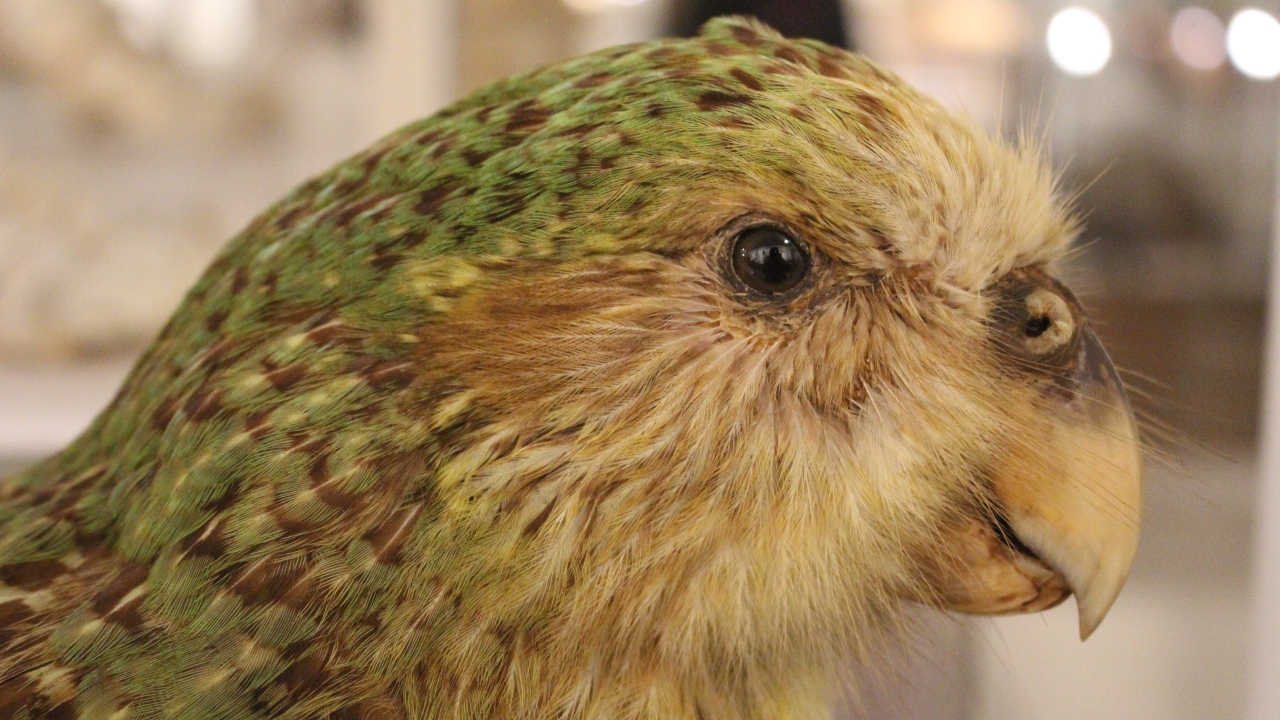
A native to New Zealand, the kākāpō is the world’s only flightless parrot and has a long history on the brink of extinction. The adorable bird was almost wiped out during the European colonization when cats and rats were introduced to the country. As of 2022, the kākāpō has been ranked by the Department of Conservation as nationally critical with an adult population of only 252 birds.
Saola
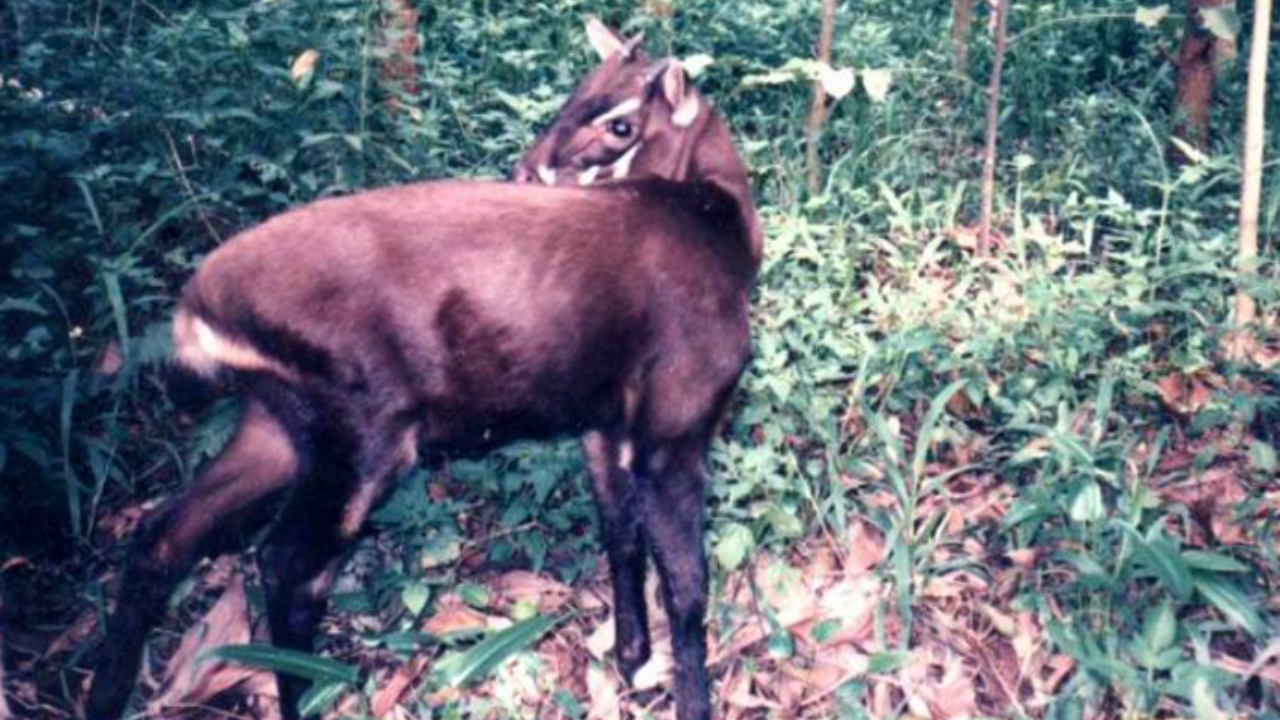
Due to their elusive nature, saolas have earned the nickname of Asian unicorns. Officially discovered in 1992, the bovid species exists in a remote forested region of Vietnam, and due to their shy demeanour, little is known about them. Their reluctance to be seen makes it hard to accurately track their population, but wildlife authorities believe their scarce sightings to be a product of dwindling numbers.
Yangtze Finless Porpoise
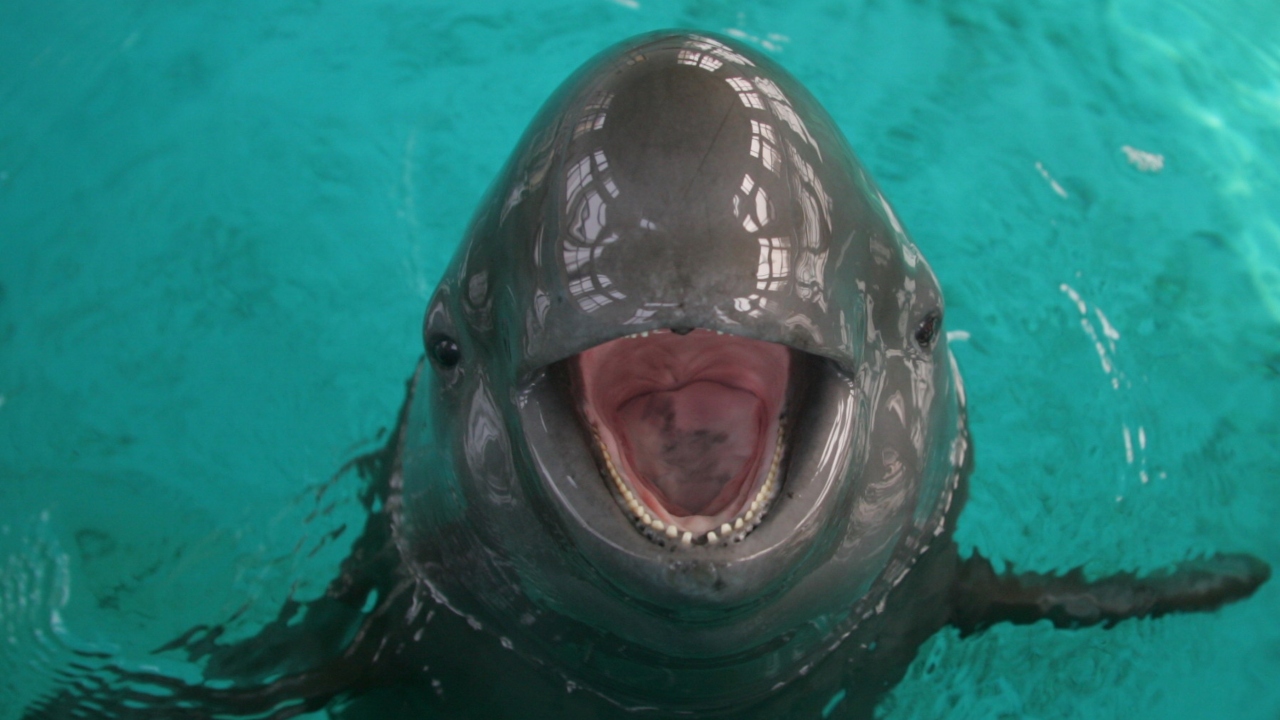
As the name suggests, the Yangtze River in China is home to the Yangtze finless porpoise. The only known freshwater porpoise in the world, the Yangtze finless porpoise once shared its water with the Baiji dolphin, but in 2006 that species was declared functionally extinct. Now, the porpoise looks poised to go the same way with barely 1000 of the animals thought to be left.
Axolotl
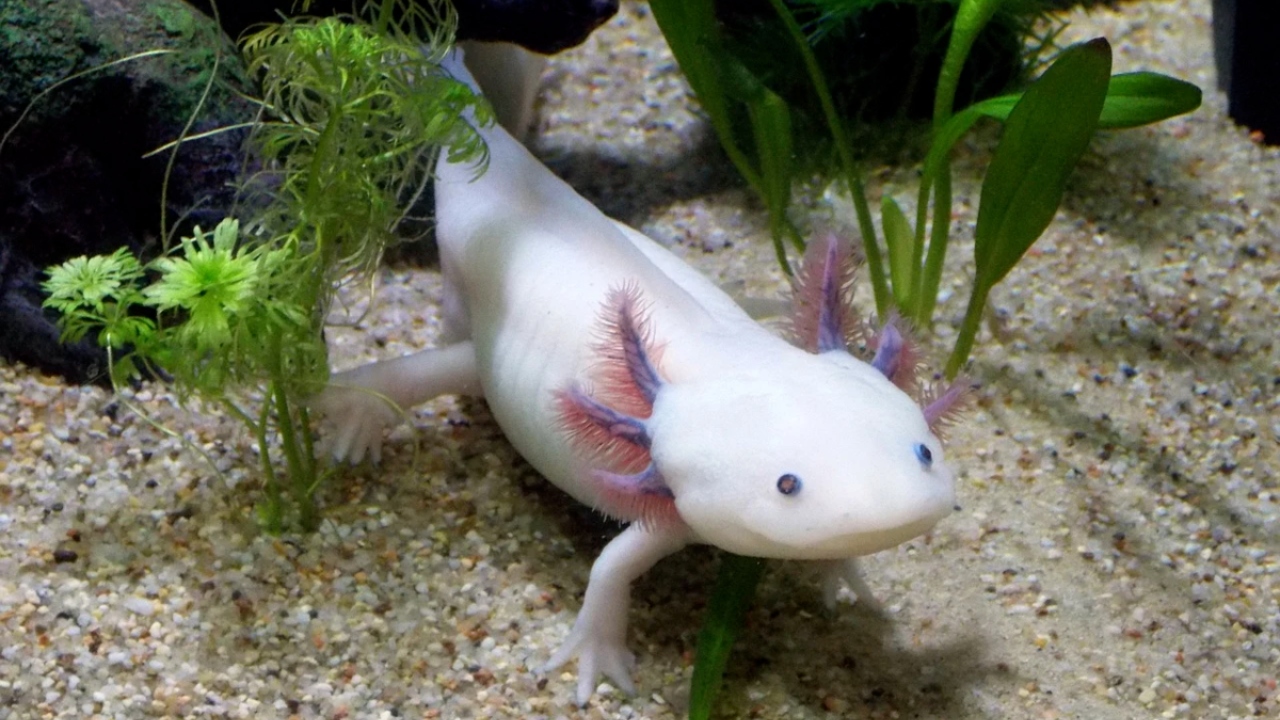
Critically endangered amphibians, axolotls are now found in just three sites within Mexico City, with an estimated population of between 50 – 1000 adults. This oddly adorable amphibian is a widely studied creature due to its ability to regenerate various body parts. Axolotls are also something of an oddity in the amphibian world as they remain fully aquatic as adults, retaining their gills.
Beluga Sturgeon
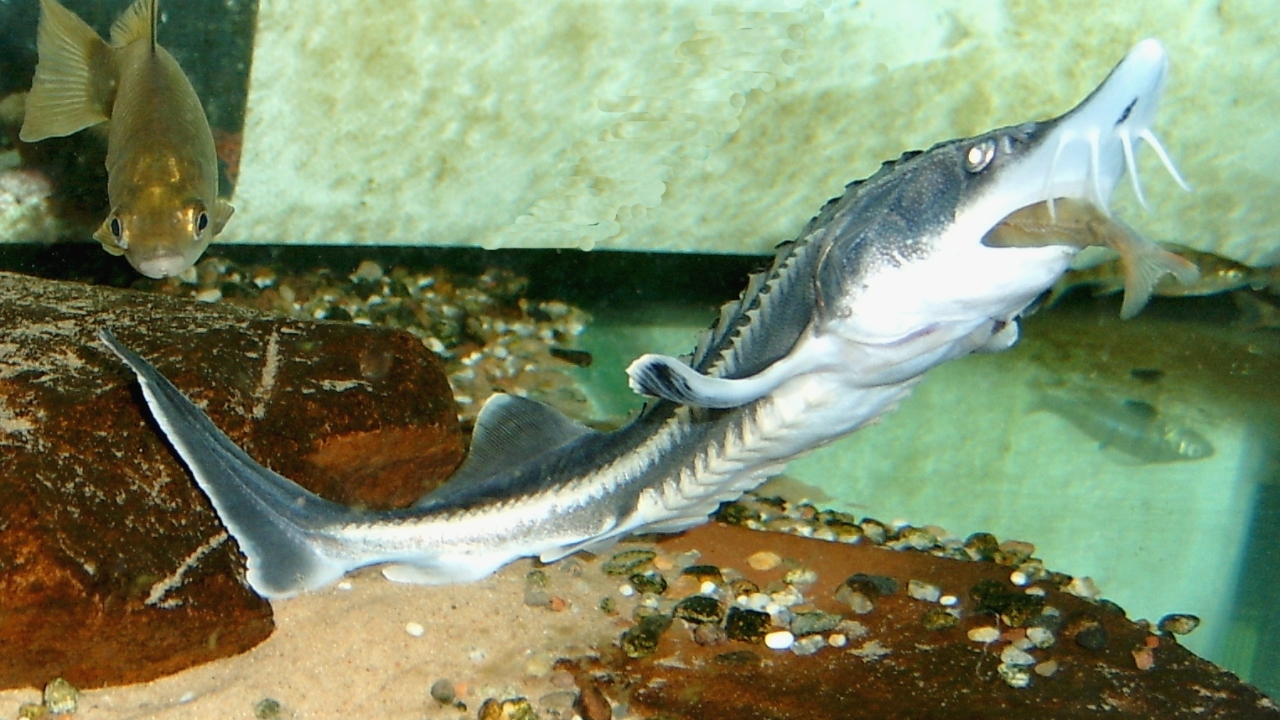
Part of the sturgeon family, the beluga are large fish most commonly known for their roe. Beluga caviar is a highly sought after expensive delicacy, and it is demand for this product that is driving numbers down as they become overfished and poached.
Bog Turtle
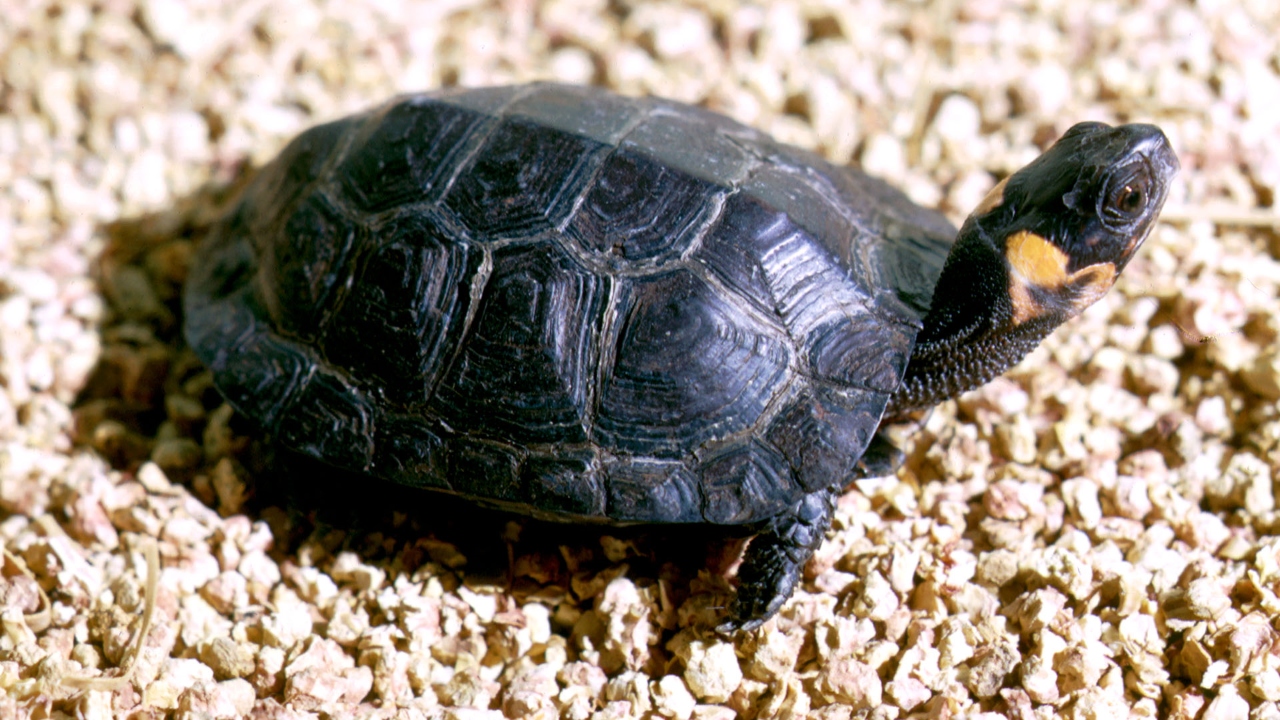
Another species of turtle on the brink of disappearing is the Bog Turtle. Found in – as the name states – bogs, the bog turtle loves waterlogged fields and wetlands. The smallest turtle in North America, the bog turtle can also be identified by its orange spots which can be located on each side of its neck.
California Condor
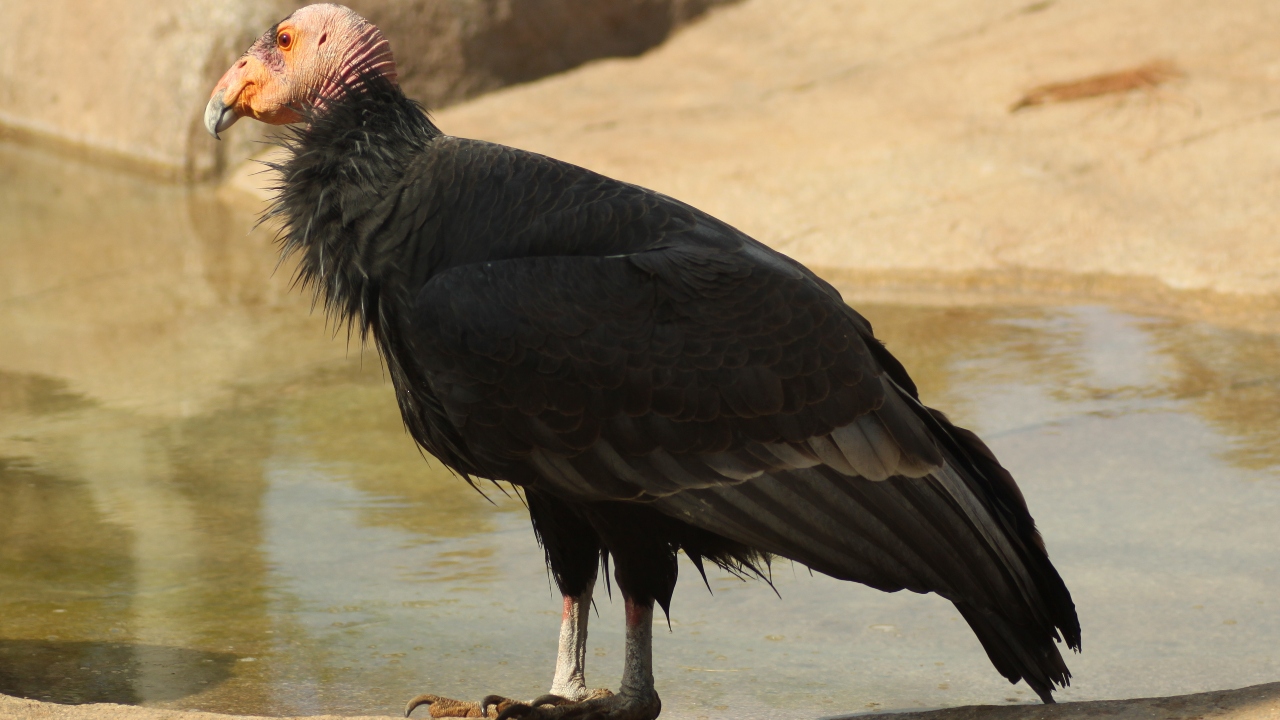
The largest bird in North America, the California condor is one of the world’s rarest birds. Their population has most likely dropped due to lead poisoning (from eating lead shot prey) and DDT, a now-banned pesticide. A captive breeding program has helped increase the number of California condors, but studies suggest that there are as few as 200 left in the wild.
Chinese Alligator
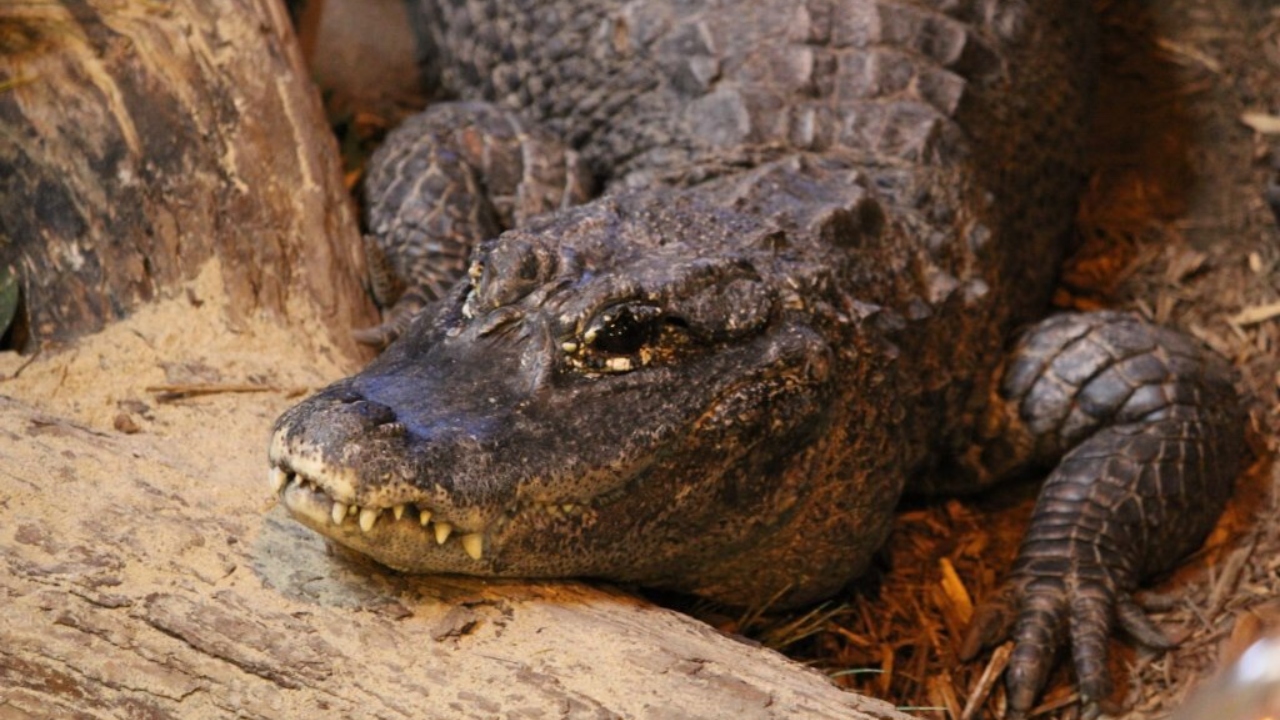
As of 2021, the population of wild Chinese Alligators is thought to be between only 100 and 150. The Chinese Alligator is one of the most endangered reptiles in the world, the main reason being that much of their habitat has been lost, converted into rice paddies.
Hawksbill Turtle
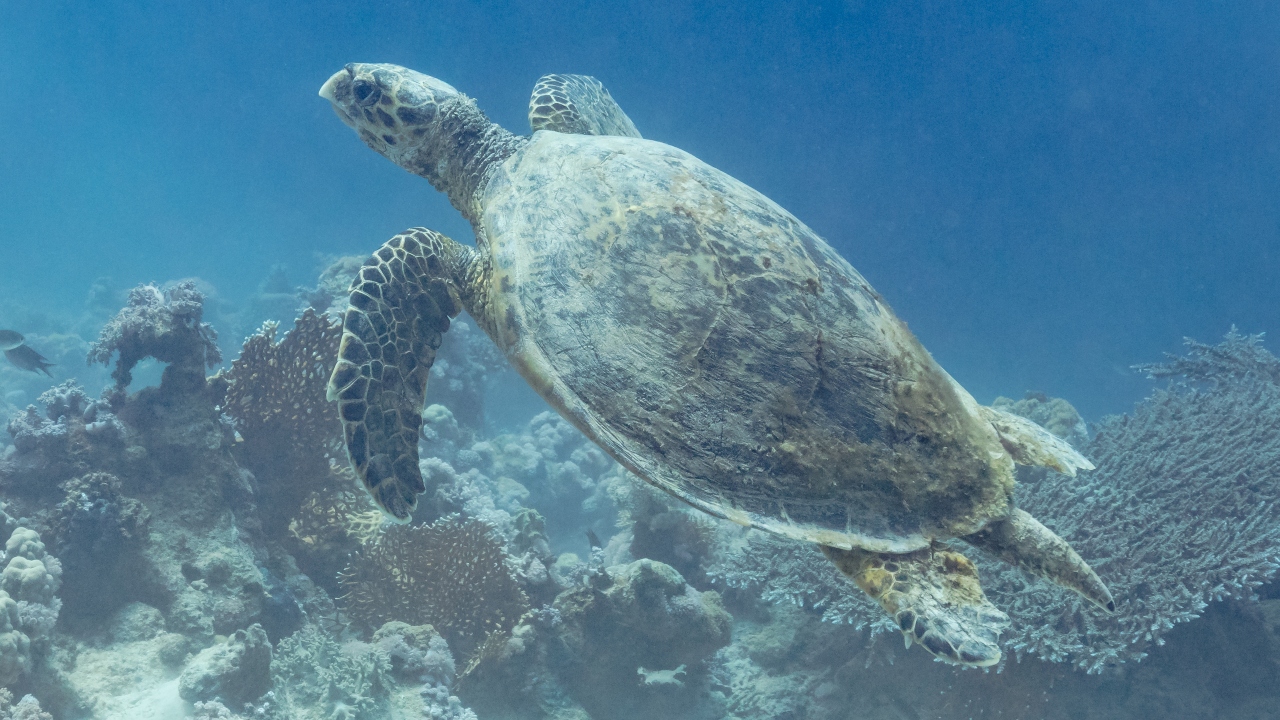
The hawksbill turtle can be found near tropical coral reefs around the world, although its status as a critically endangered species means that they have become harder to see. Hunted for both their meat and beautiful shells, the hawksbill Turtle has been a mainstay of the endangered list since 1996.
Coral Pink Sands Dunes Tiger Beetles
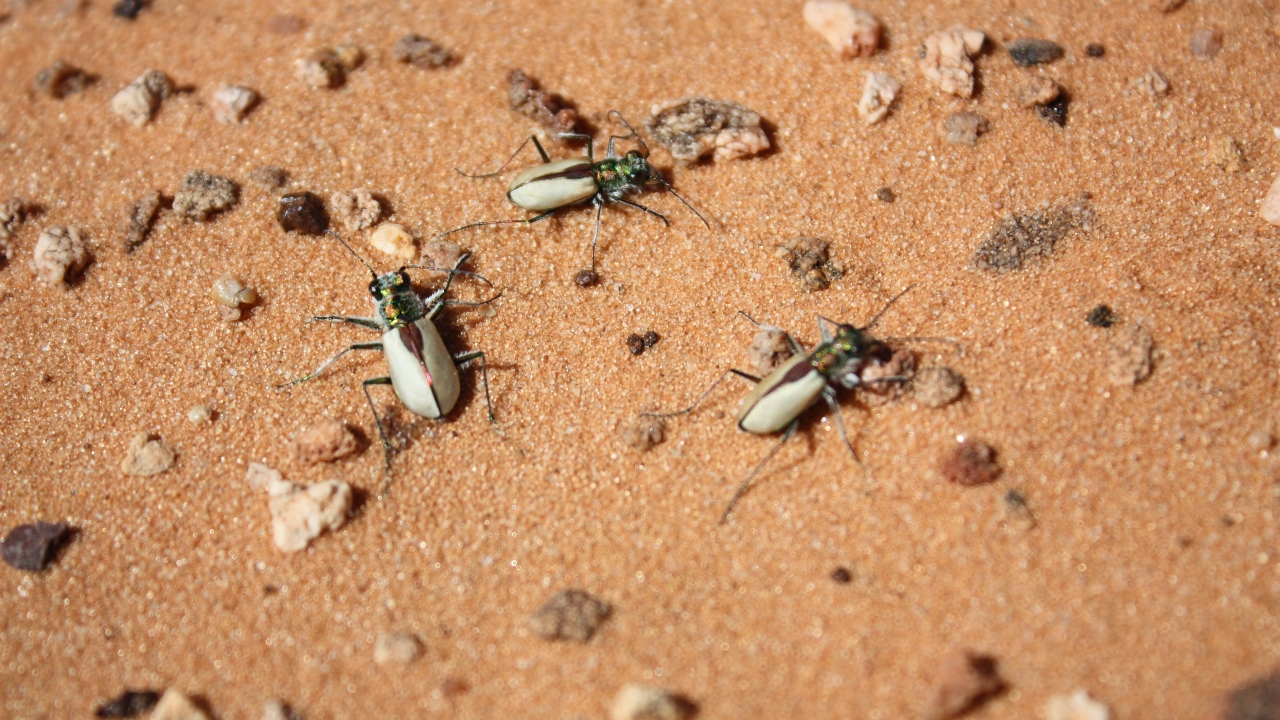
The Coral Pink Sand Dunes tiger beetle has distinctive pale wing-cases and survives on a diet of flies and dead insects. Found only in the Coral Pink Sand Dunes State park in Utah, it is little surprise that the insect is on the endangered species list.
Vaquita
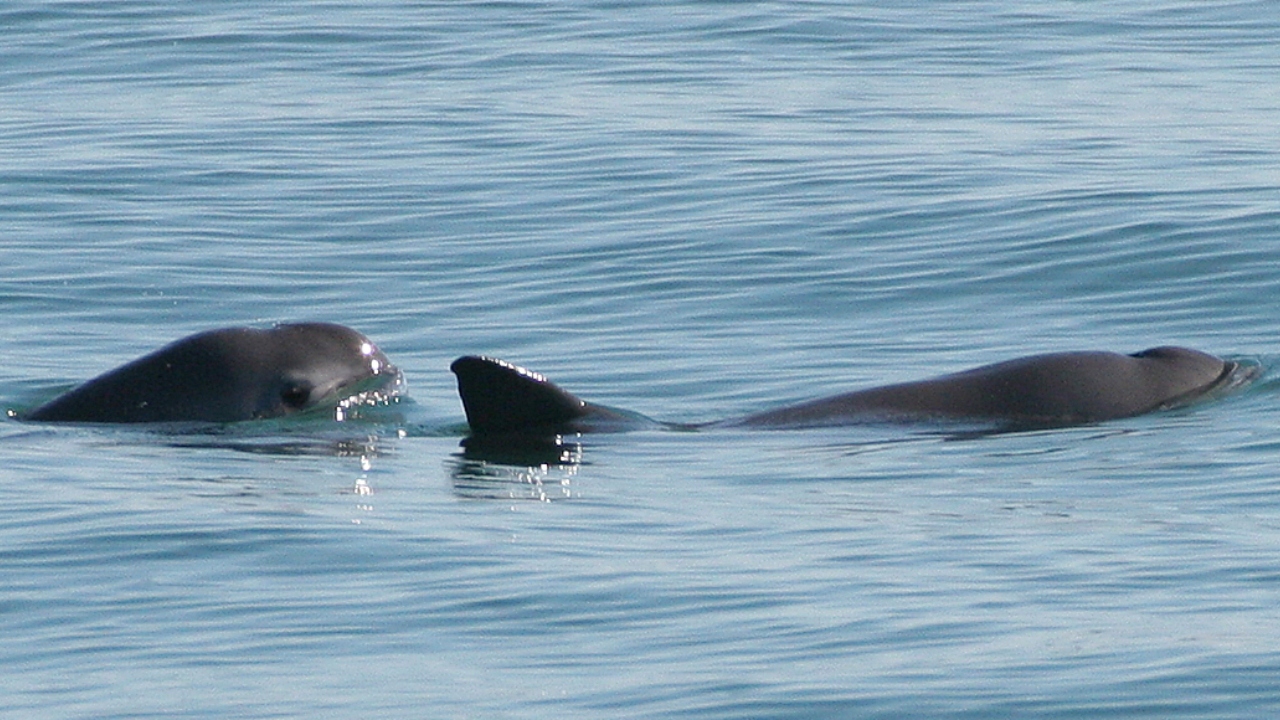
A report in 2018 estimated that there were as few as ten vaquitas left in the wild. A species of porpoise, the vaquita is an unfortunate casualty of overfishing; like dolphins, they often get themselves trapped in fishing nets. Without extreme intervention, the vaquita will follow in the footsteps of the Baiji dolphin and be the next cetacean wiped off the face of the planet.
African Pangolin
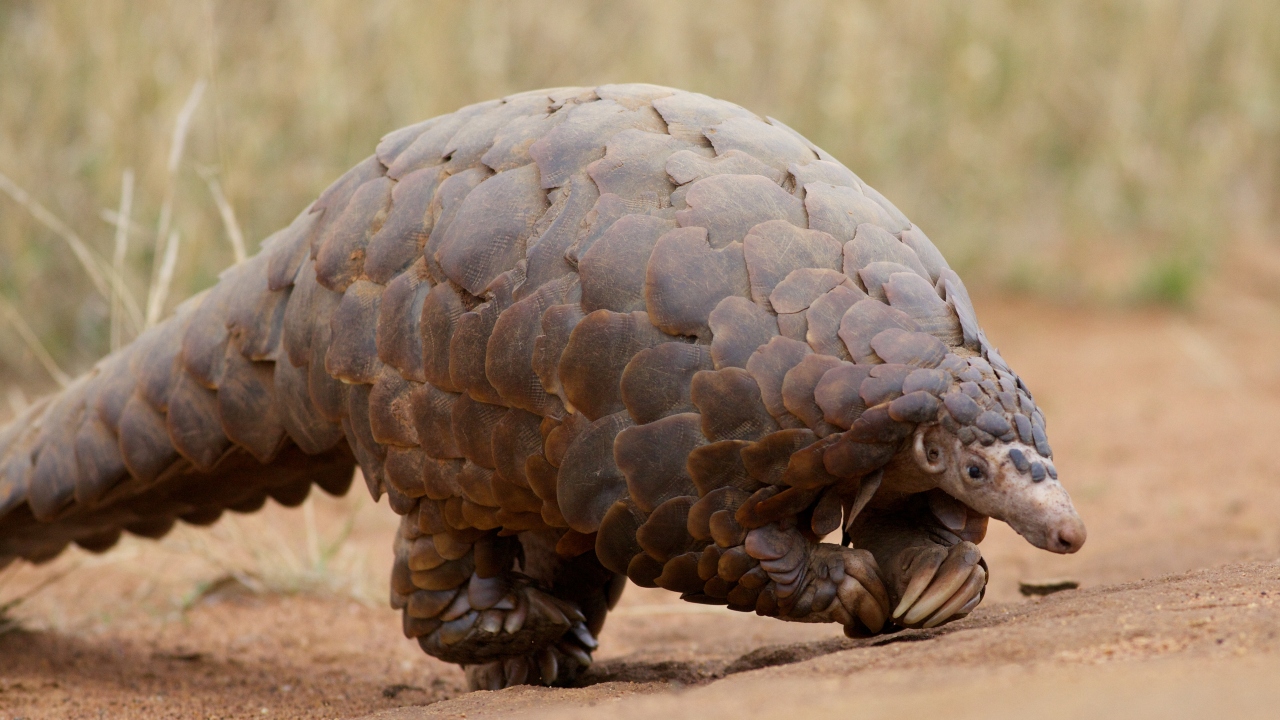
Pangolins are the only scaly mammals in the world, and sadly the African pangolin is currently classed as critically endangered. Slow moving creatures that feed on ants and termites, pangolins are easy targets for poachers. The armored animals are hunted for their flesh, scales, and claws, which are lucrative products in the illegal wildlife trade.
Tonkin Snub Nosed Monkey
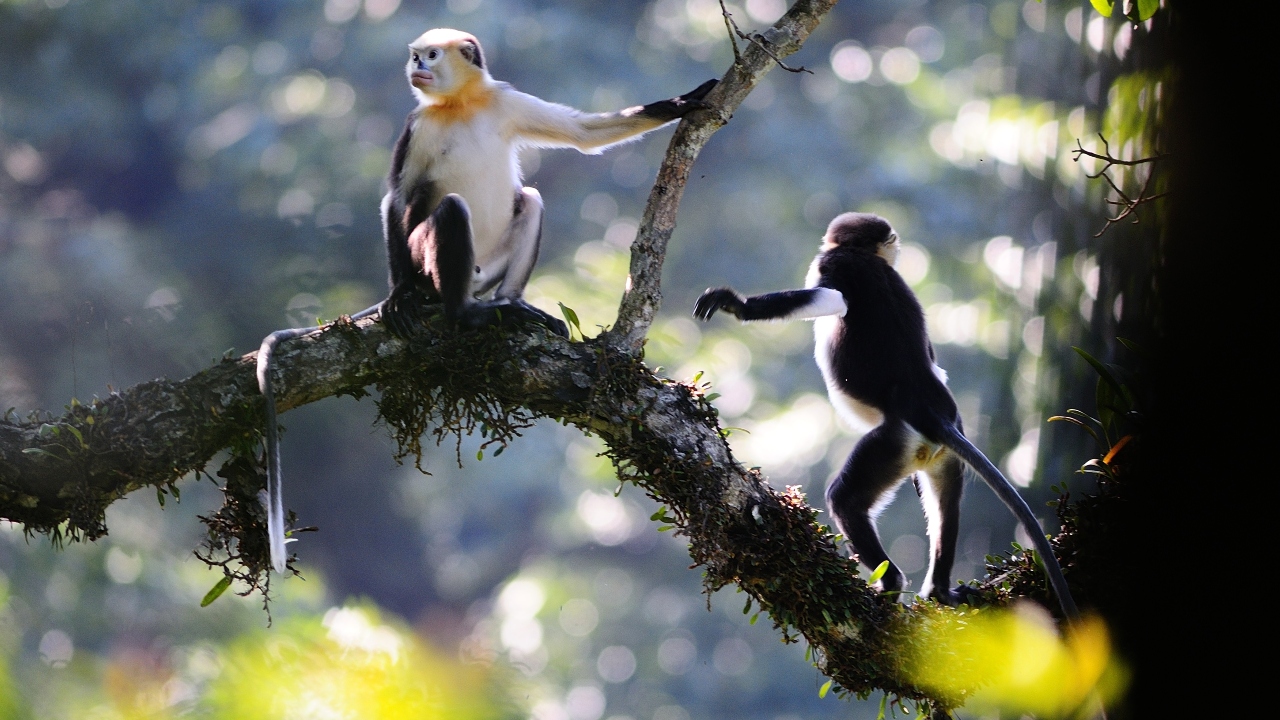
With 80% of its population living within a single forest, it is easy to understand why the Tonkin Snub Nosed Monkey is in trouble. Deforestation and habitat loss is playing a significant factor in the downfall of the Vietnamese primate, but so too is hunting.
Goliath Frog
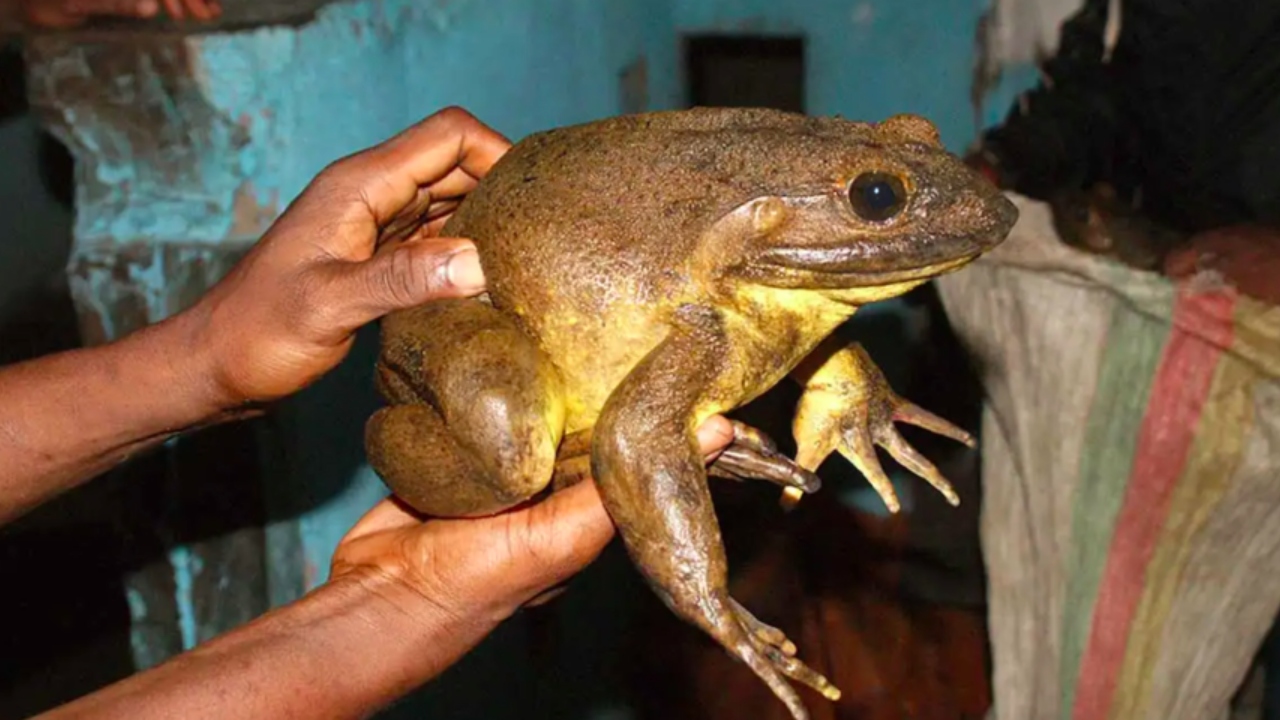
The Goliath frog is the largest species of frog and can reach a weight of around 3 kg, which is about the same as a rabbit. Although large, the Goliath frog has found itself onto the endangered list due to its habitat being destroyed and it being hunted for food.
Menzbier’s marmot
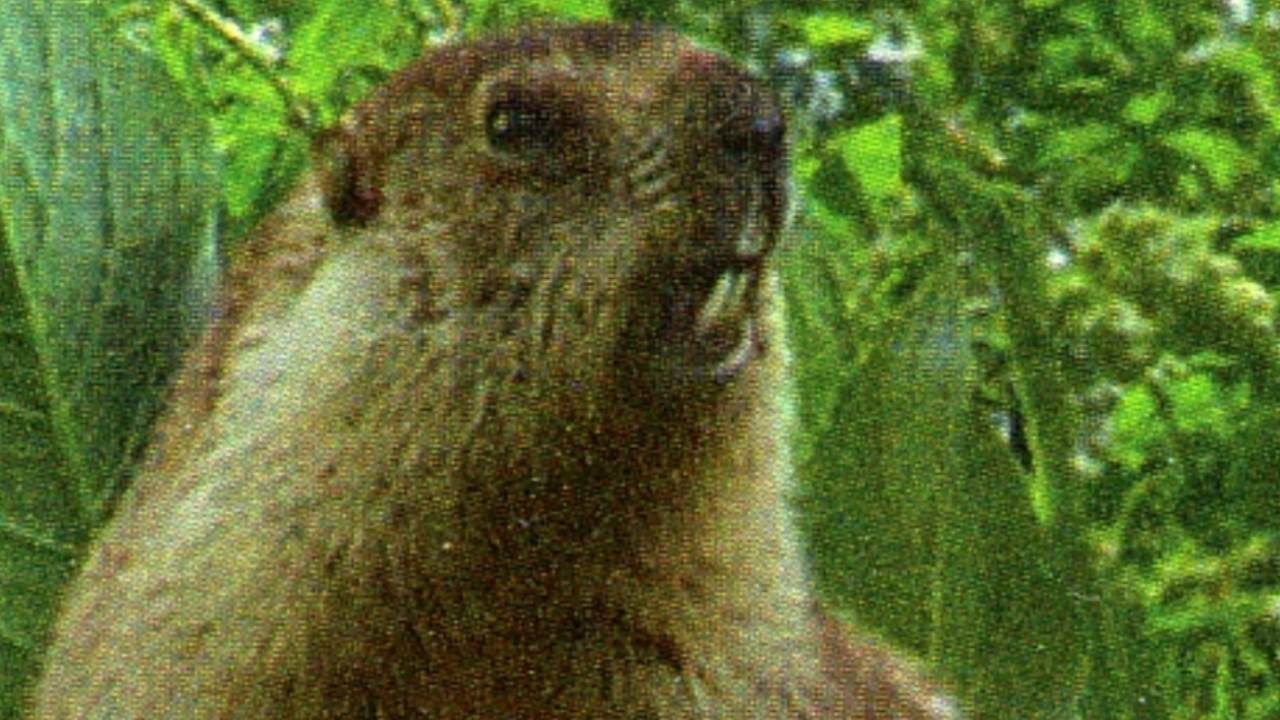
Menzbier’s marmots are squirrel-like animals that live in the Western Tien-Shan mountains of Central Asia. Thanks to the tireless efforts of conservationists, the population of the endangered creature has risen in recent years, but there is still a lot of work to be done to save the animal from extinction.
Duskytail Darter
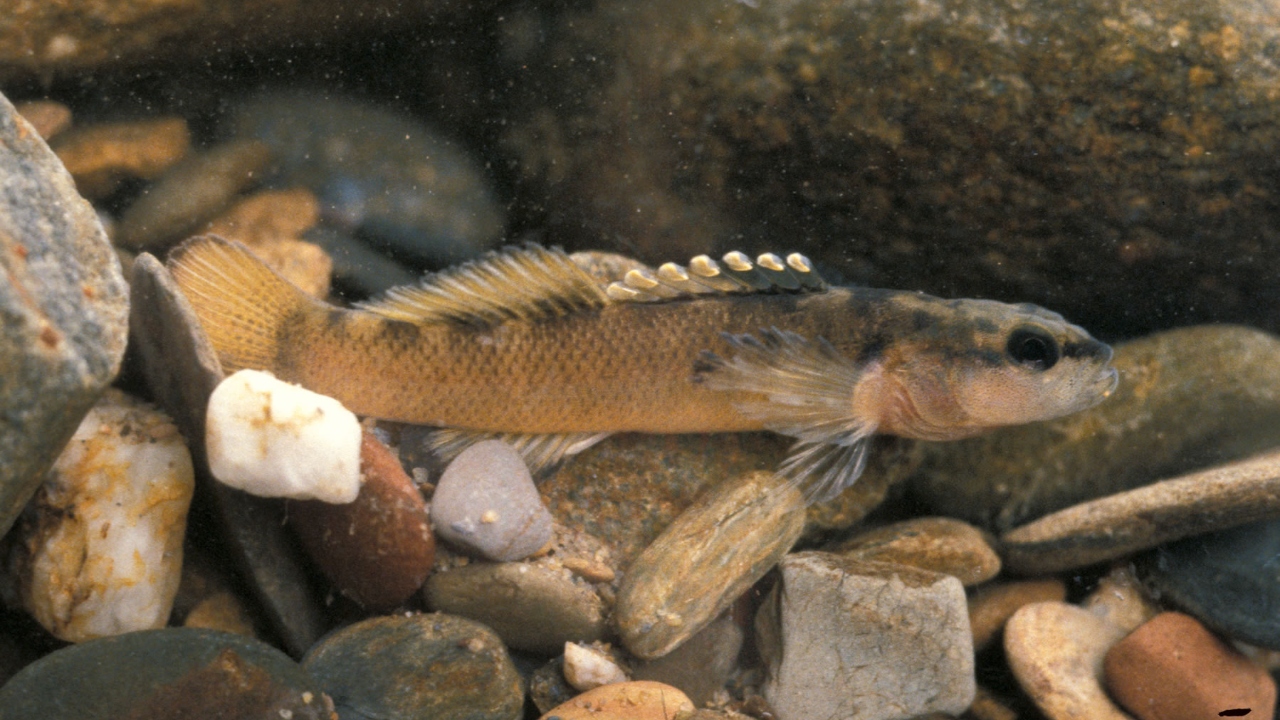
The duskytail darter is a small freshwater fish that has a slender pale brown body with darker brown stripes running down their sides.. Primarily found in North Carolina, Tennessee, Kentucky and Virginia, the duskytail darter has seen a decline in numbers due to a rise in water pollution.
Cross River Gorilla
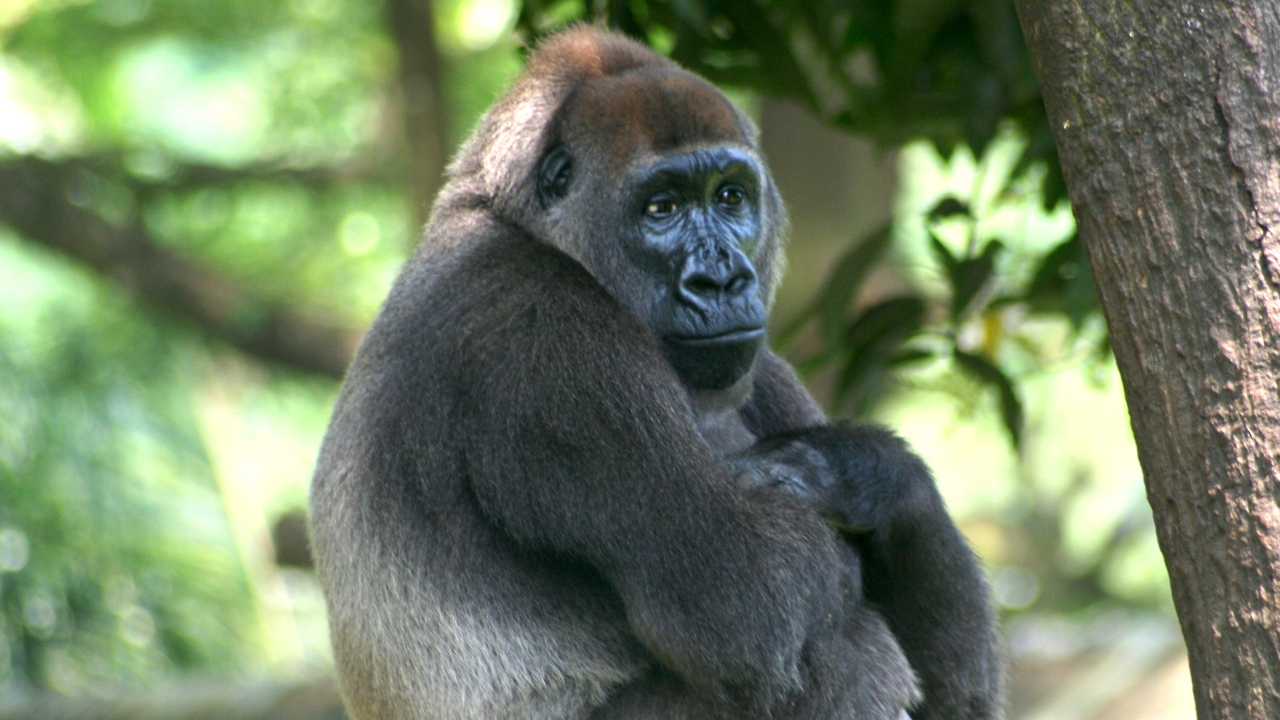
Although a distant cousin of humans, pretty much all species of gorilla are categorised under some status of endangerment. One such gorilla is the Cross River gorilla, native to the borders of Cameroon and Nigeria. With the most recent studies reporting less than 300 remaining in the wild, the Cross River gorilla may be the rarest of all primates.
European Eel
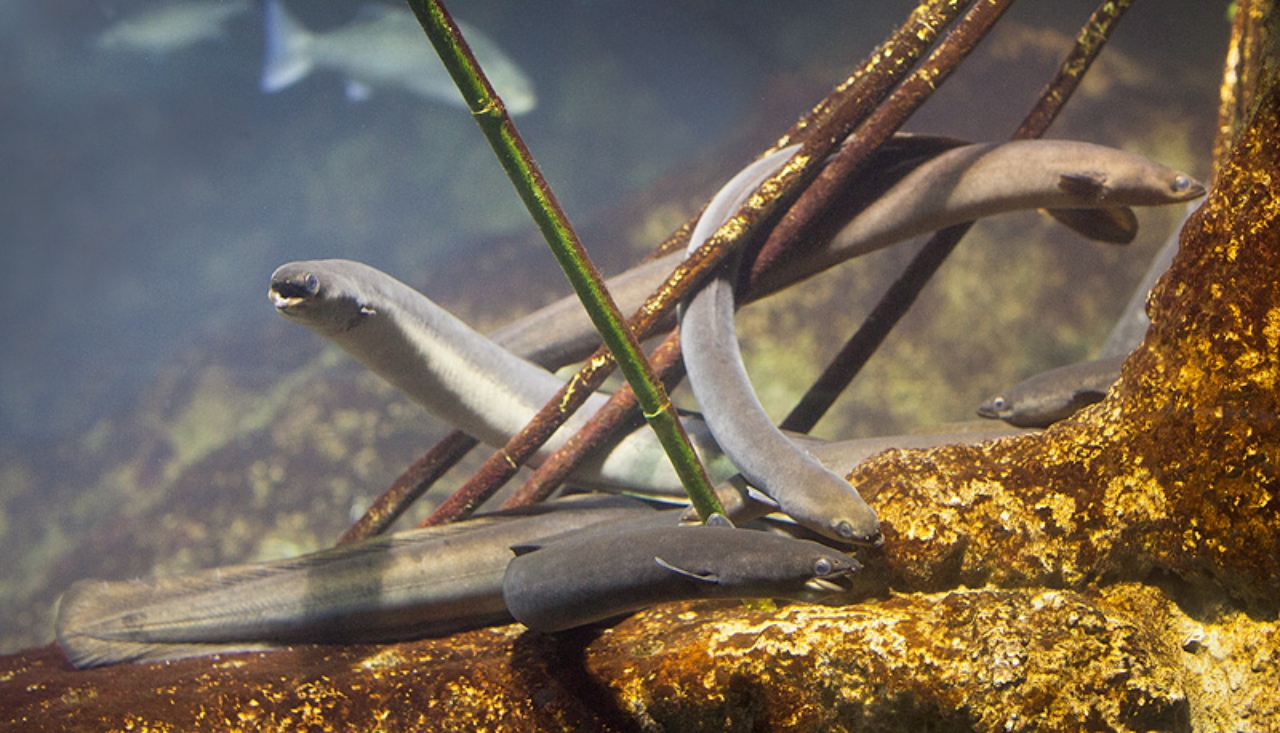
Another sea creature struggling in the wake of human intrusion are European eels. The snakelike fish belong to the Anguilliformes family, a group containing around 800 species. The main factors affecting the eel population are overhunting, and loss of habitat, as well as injury caused by hydropower turbines.
Addax
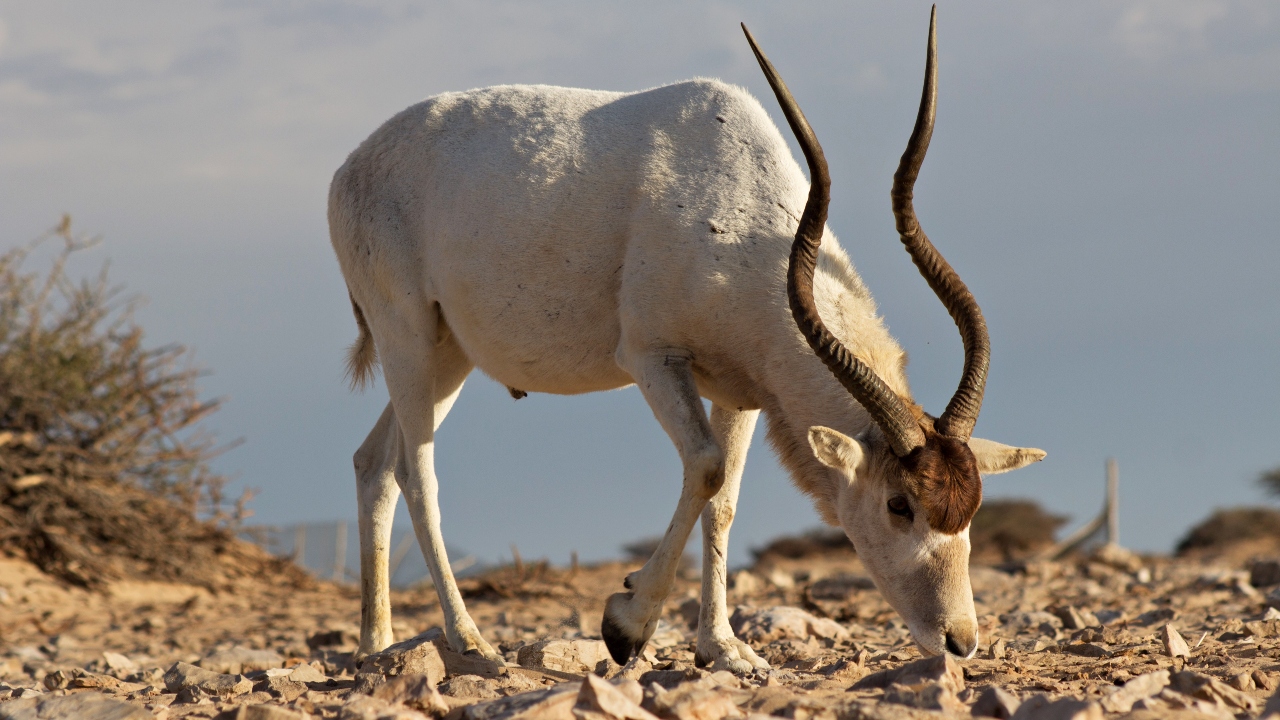
After years of being hunted for their valuable flesh and hides, the addax is on the precipice of extinction. Also known as the white antelope, the addax lives in the Niger region and currently sits on the critically endangered list with fewer than 100 of them left in the wild.
Chinese Giant Salamander
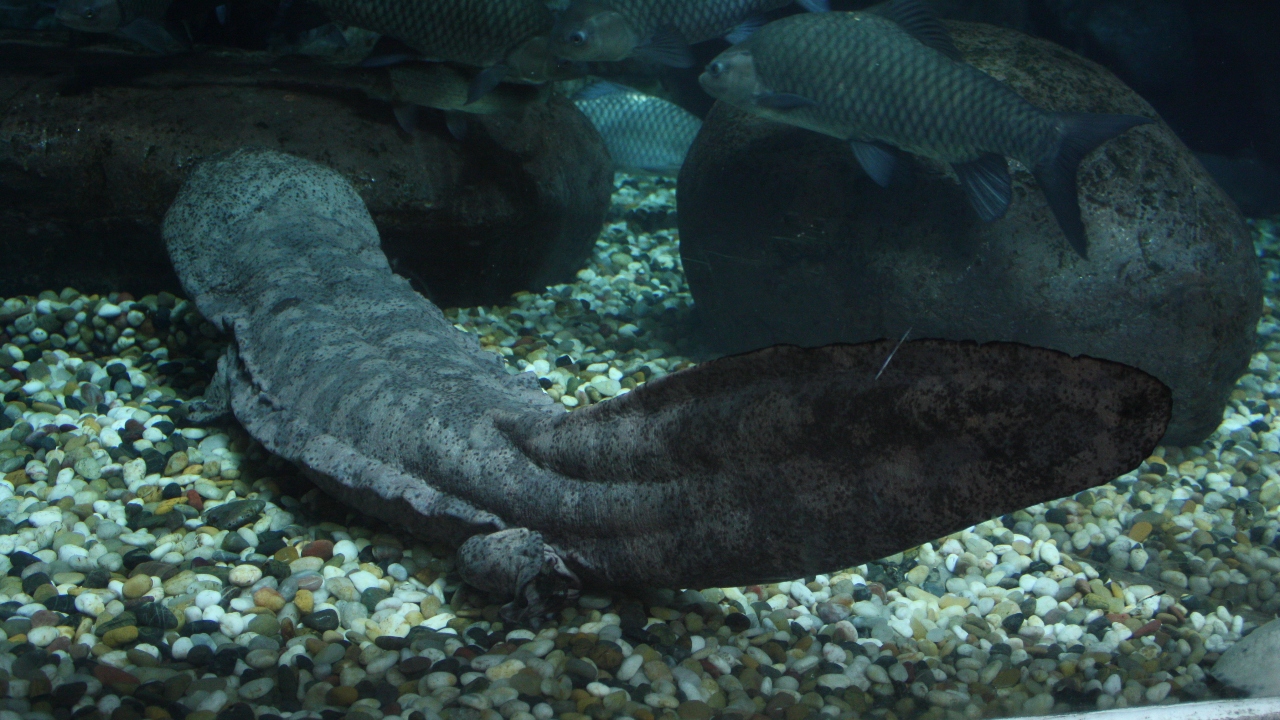
The Chinese Giant Salamander may soon join its cousin, the South China giant salamander, in being lost from the wild entirely. The amphibian is considered a delicacy in China and the rise in the Chinese population has seen a rapid decrease in salamander’s population. They are also hunted for use in traditional Chinese medicines, making its chances of survival ever harder.
Galápagos sea lion
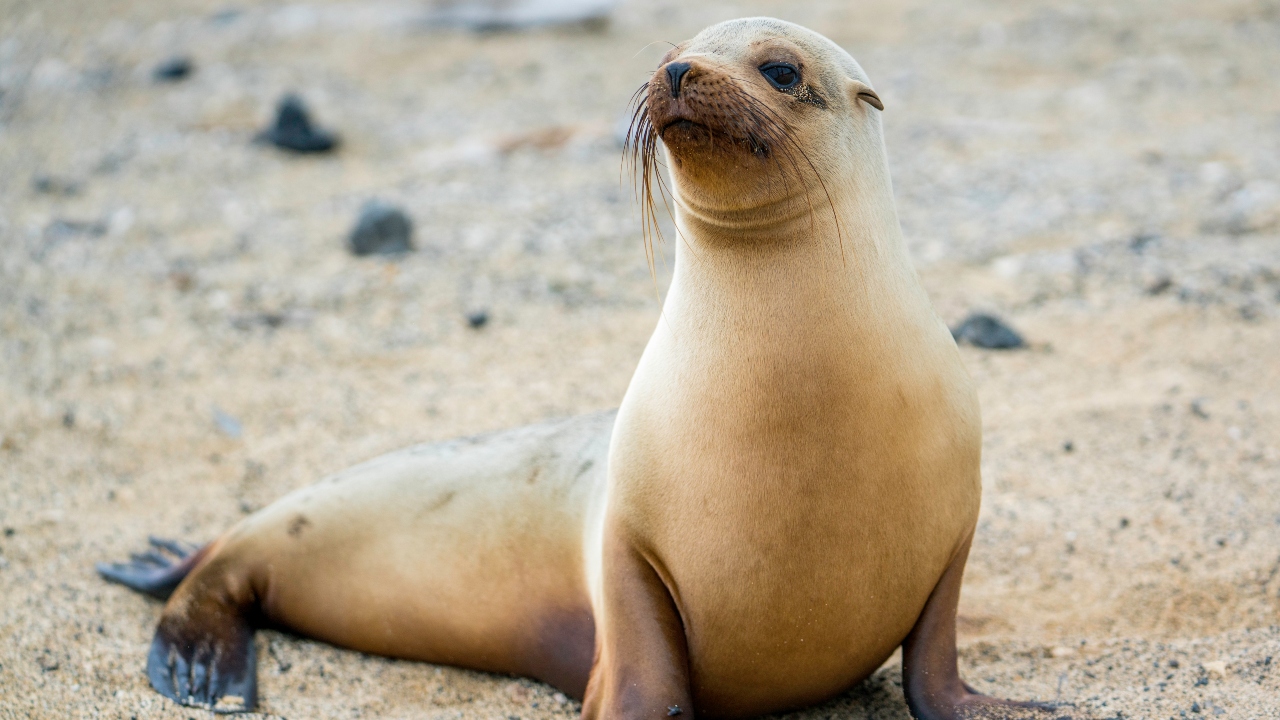
Relatively special creatures, the Galápagos sea lion enjoys nothing more than sun-bathing on sandy shores. The smallest of the sea lion species, the Galápagos sea lions reside on the Galápagos Islands, but sadly their number is in decline. The biggest threat to their survival is the El Niño weather phenomenon, which is increasing the sea-temperatures in the central-east equatorial Pacific.
Black-footed Ferrets
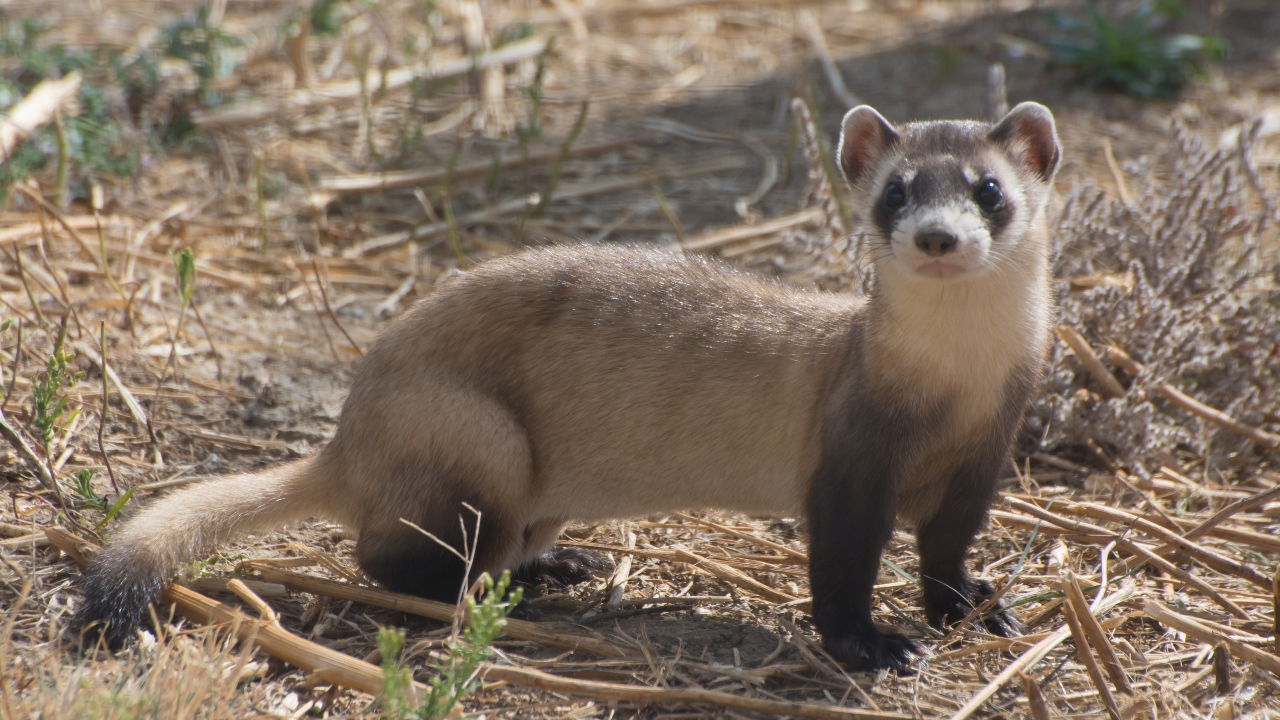
The black-footed ferret, a native to North America, was once thought to already be extinct. Then in 1981, they were rediscovered. Captive breeding programmes have helped bring the species back from the brink with their number now being around 300 – 400. It’s not a huge number, and so the animal remains on the endangered list.
Hairy-nosed Otter
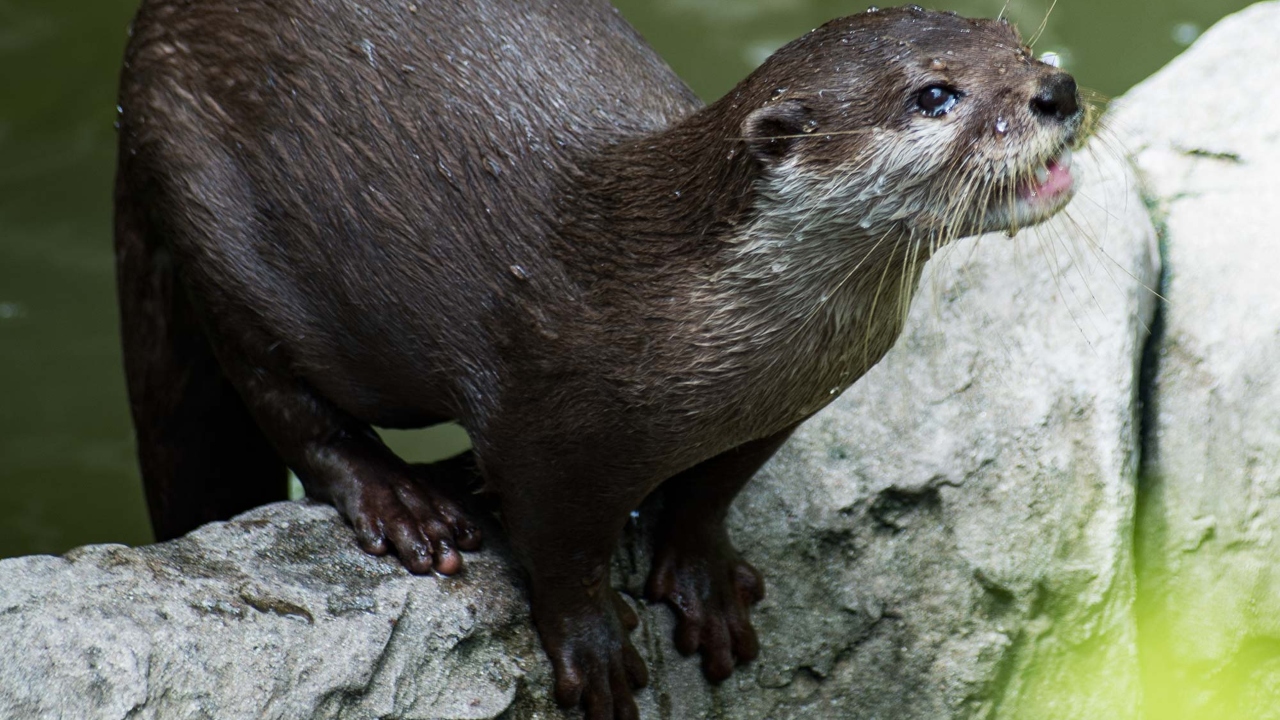
Found in Southeast Asia, the hairy-nosed otter is one of the rarest species of otter. The beautiful animal has already become extinct in other parts of Asia where it once thrived. Habitat invasion and poaching are primary causes for their drop in numbers. Conservationists are trying to help boost numbers, but the hairy-nosed otter does not respond well to captivity, making assisting them extra hard.
Aye-aye
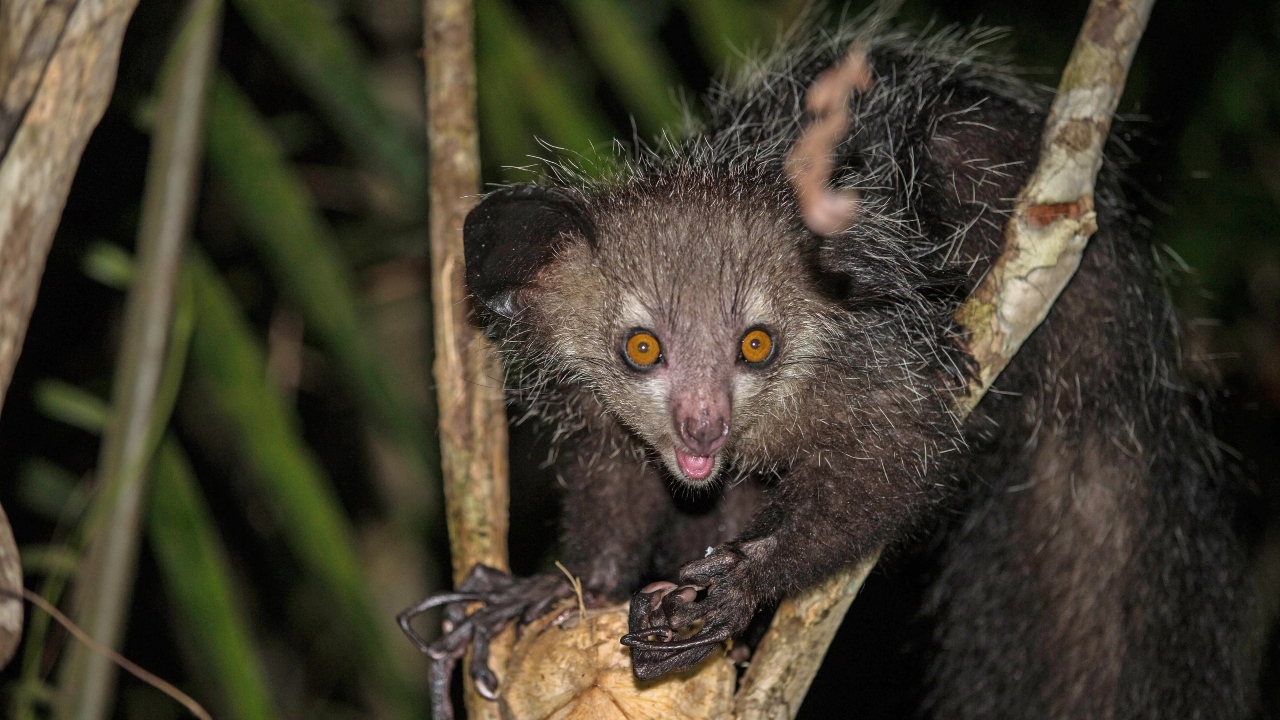
Silly superstitions are to blame for the dwindling population of the Aye-aye. The curious looking creatures are a type of long-fingered lemur and are found in Madagascar. Some of the locals believe that seeing an aye-aye is bad luck, while others believe that the animal is evil and urge people to kill them on sight. This outdated tradition means there are only between 1,000 and 10,000 left in the world.
Visayan Warty Pig
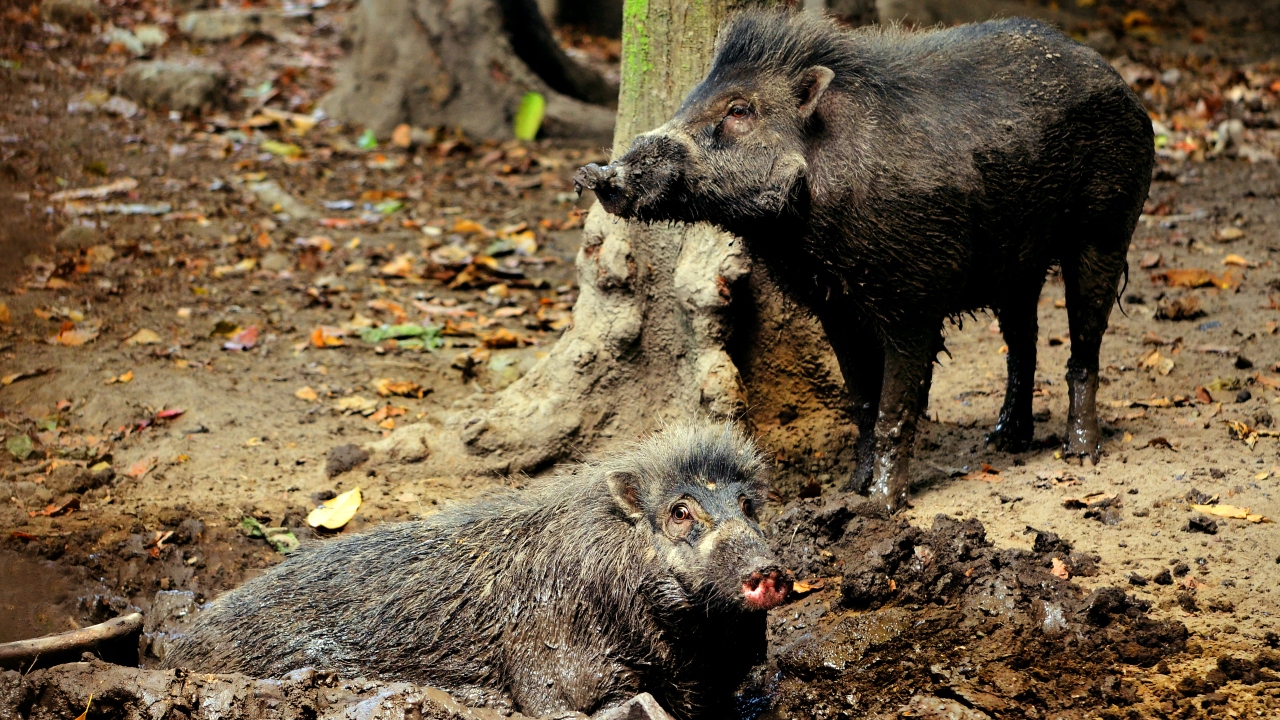
Also known as both a wild pig and a forest pig, the Visayan warty pig is found in locations across central Philippines. With the forest and wilderness its chosen home, the Visayan warty pig’s population has begun to decline. Deforestation is killing their habitat, with almost 95% of the animal’s historical land now eliminated.
Dhole
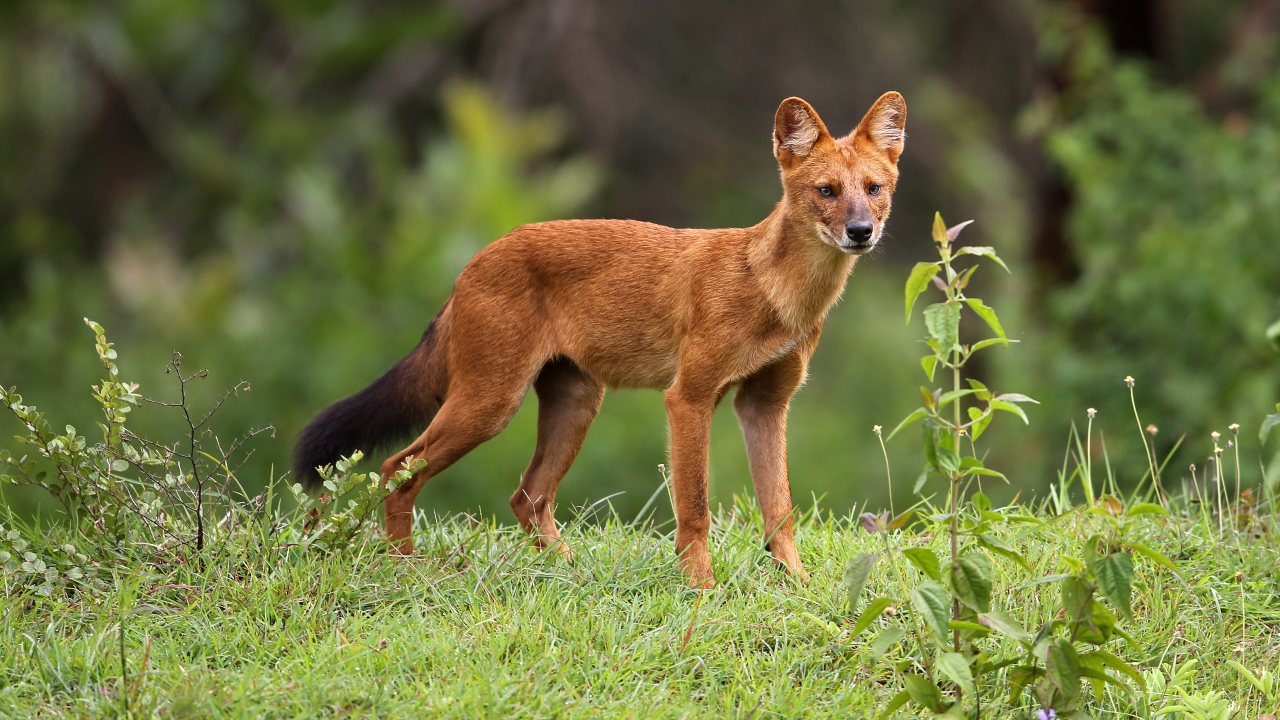
A relative of the canid family, which includes dogs, wolves and coyotes, dhole live in the mountains of Southeast Asia, India, and China, though it once roamed as wide as Central Asia, Europe and North America. A lack of prey, competition from other predators, and habitat destruction, are to blame for the shrinking population, and with dholes almost impossible to tame, their future looks bleak.
Montane Monkey-faced Bat
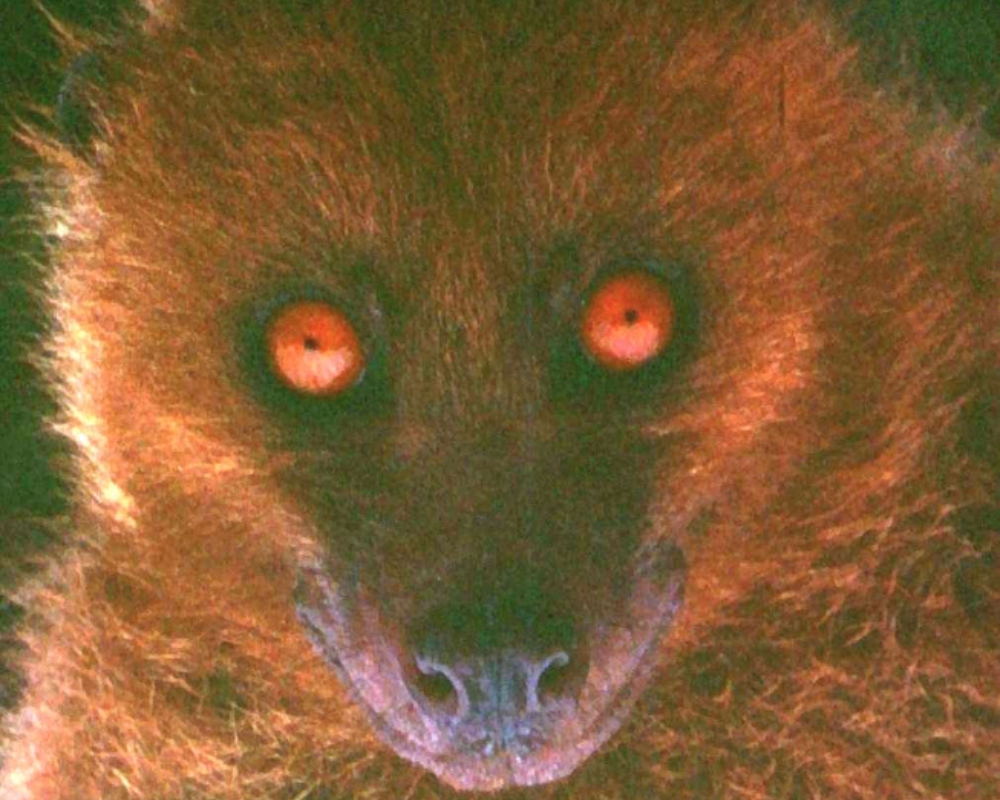
Found only in the mountainous regions of Guadalcana, the Montane monkey-faced bat is at severe risk of extinction. Discovered in 1991, the bat has a sagittal crest, gigantic incisors, red eyes, and black wings. Experts believe there to be fewer than 50 left in the world, though that study was a few years ago and so there’s a real chance it may already be extinct.
Pygmy Raccoon
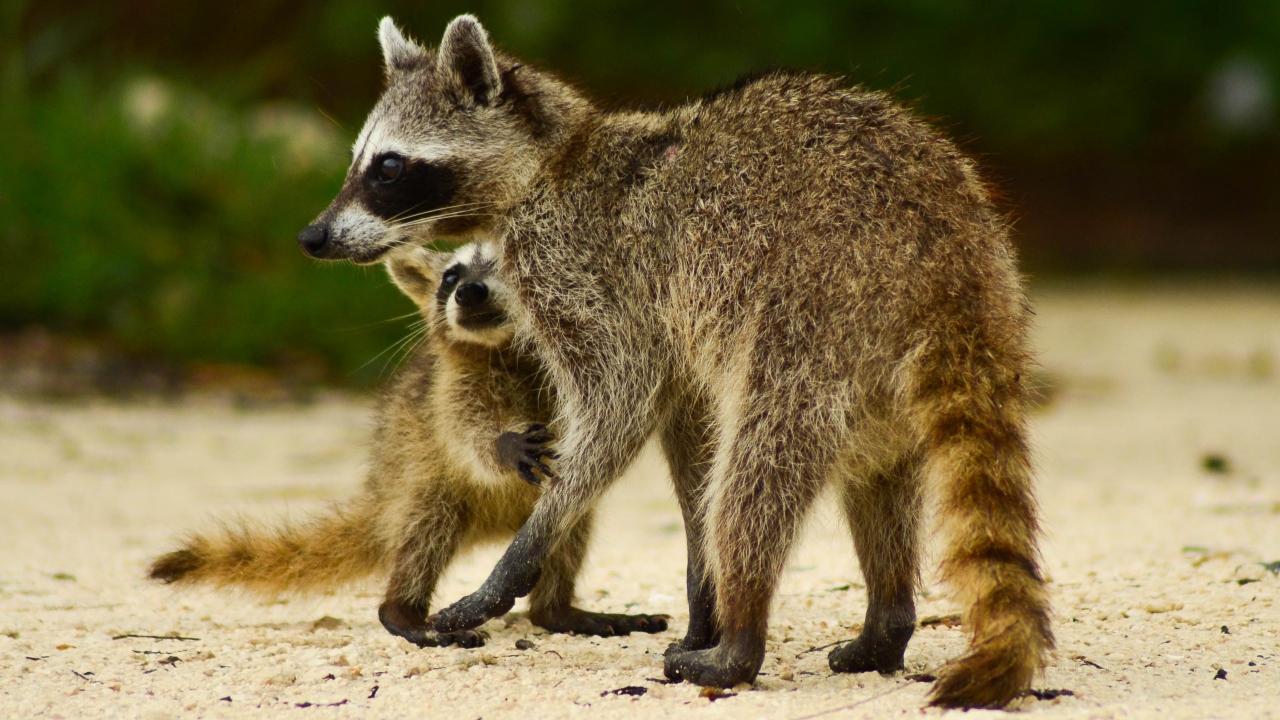
Everyone knows the common raccoon, but not many are aware raccoons also have a pygmy variant. This breed of raccoon lives exclusively on Cozumel Island and are also referred to as Cozumel raccoons. They share all the traits of their bigger cousins, but just come in a more compact package. With only around 250 – 300 left, help is desperately needed for these adorable fluffballs to survive.
Numbat
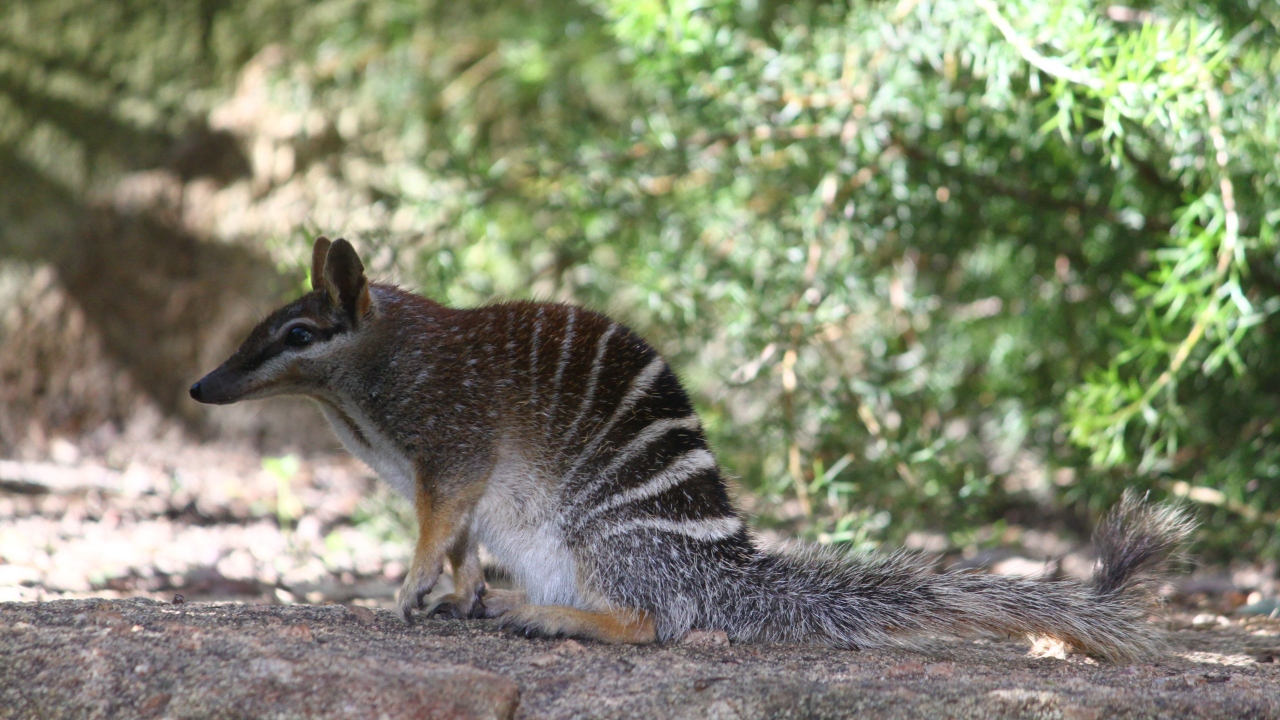
The numbati is a marsupial anteater whose diet consists exclusively of termites, with an adult numbat needing to eat a mighty 20,000 termites a day. Once thriving across Australia, numbats now exist only in the Dryandra Woodland and Perup Nature Reserve. With potentially fewer than 1000 in the wild, the numbat has come under threat from invasive predators who have upset the local ecological equilibrium.
Golden Eyed Stick Insects
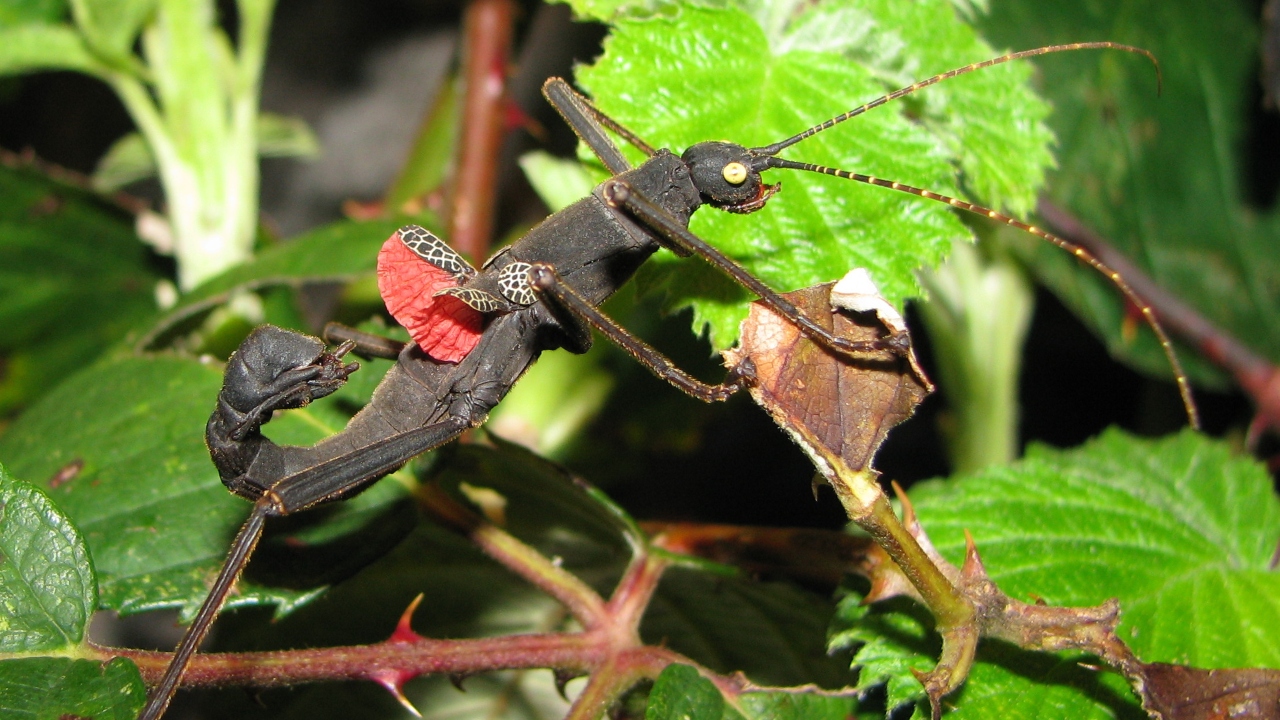
Stick insects may be thriving in captivity thanks to an uptake in households choosing them as pets, but in the wild, they are struggling. The golden-eyed stick insect is particularly vulnerable, and currently sits on the critically endangered list, with deforestation the primary cause.
Great Hammerhead Shark
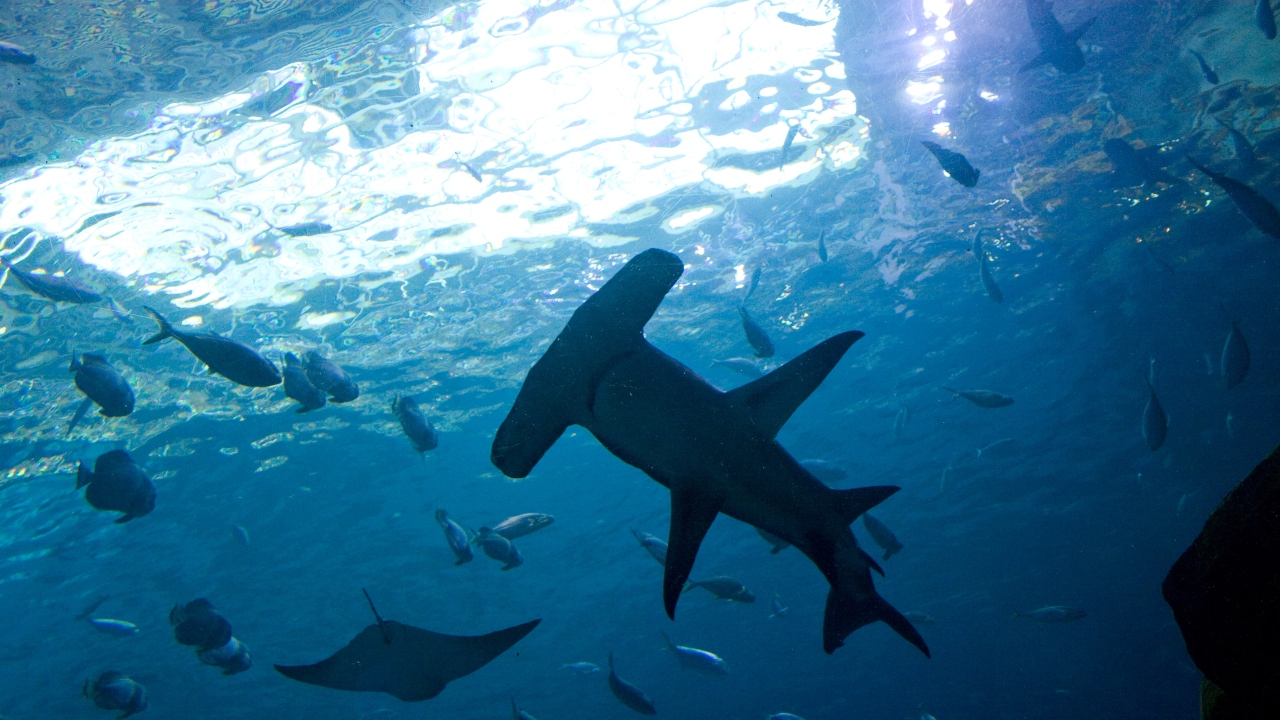
As the name would imply, the great hammerhead is the largest of the hammerhead sharks, and is able to reach an incredible length of around 15 ft / 4.57 m. In some parts of the world, the fin of the great hammerhead is considered a delicacy and they have been overfished for being a key ingredient in shark fin soup.
Hooded Vulture
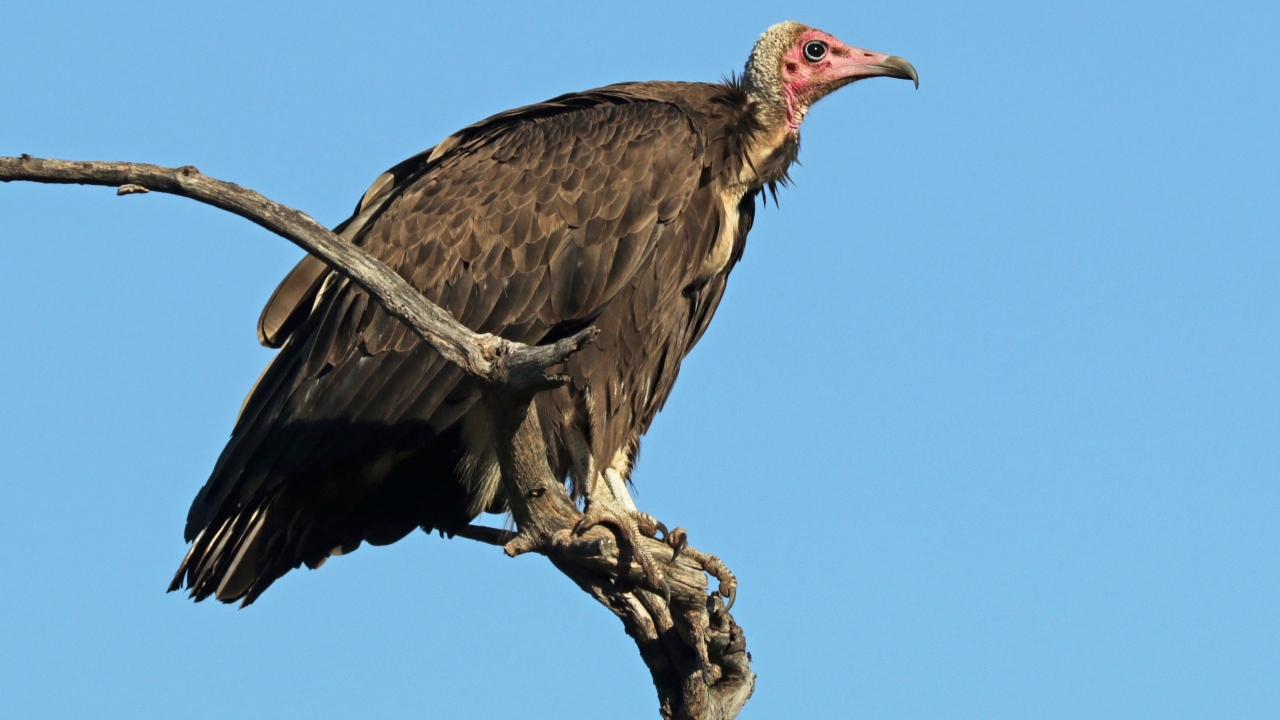
The hooded vulture has been classified as being critically endangered since 2015, but, so far, have managed to hang on. The birds are found in sub-Saharan Africa and are named after the hood of feathers on the back of their heads. Hunted for both medicine and meat, the hooded vulture population is fast declining.
The Lesser Antillean Iguana
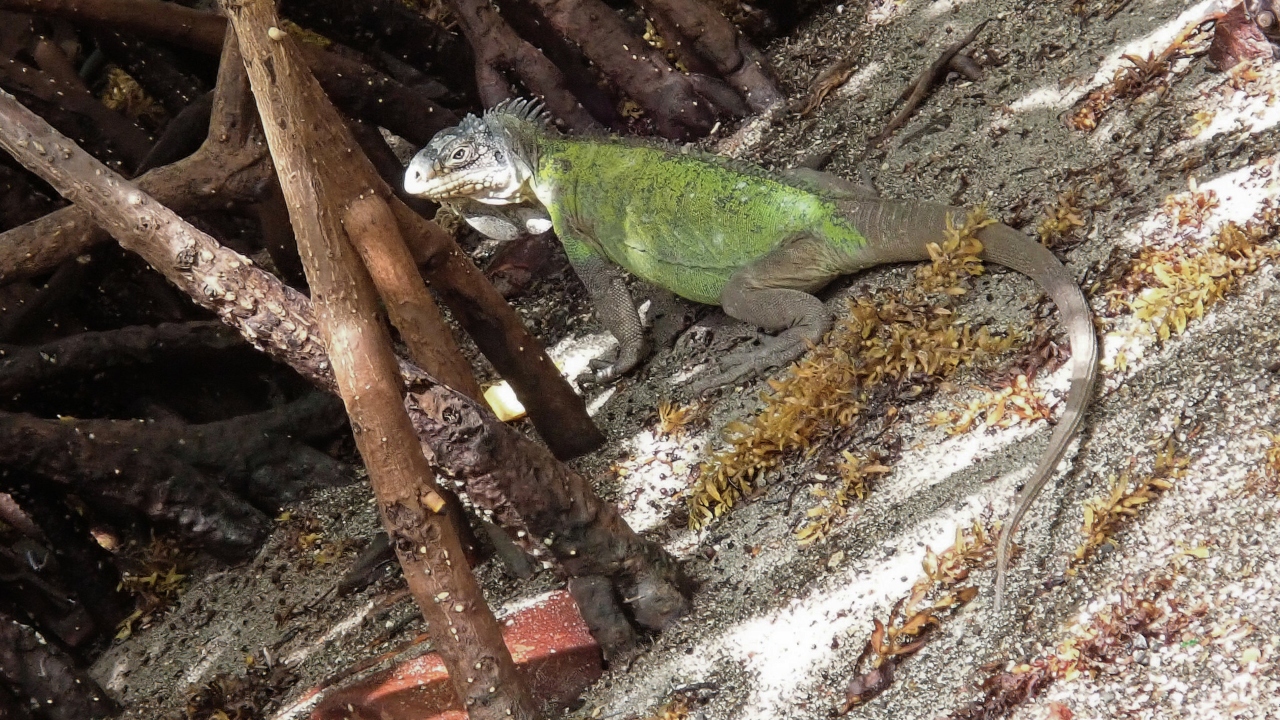
Located on the islands of Lesser Antilles, the downfall of the Lesser Antillean iguana is due to, not man, but another species of iguana. Some years ago the much more common green iguana was introduced into the ecosystem and has displaced its cousin almost entirely.
Mountain Chicken
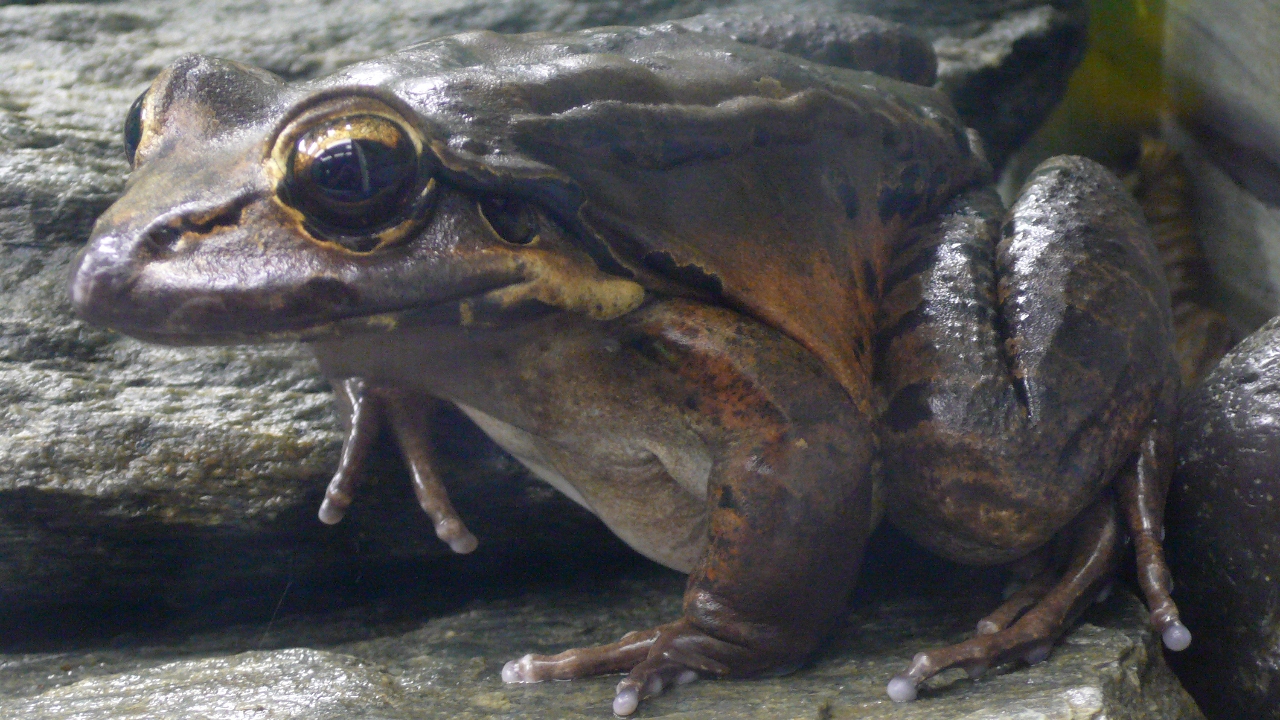
Despite the name, the mountain chicken is neither a chicken, nor resides in mountains. It is instead a giant nocturnal species of frog. Like many amphibians, the mountain chicken has been severely affected by the early noughties fungal disease, chytridiomycosis, though overhunting also isn’t helping the species’ chances of survival.
Red Wolf
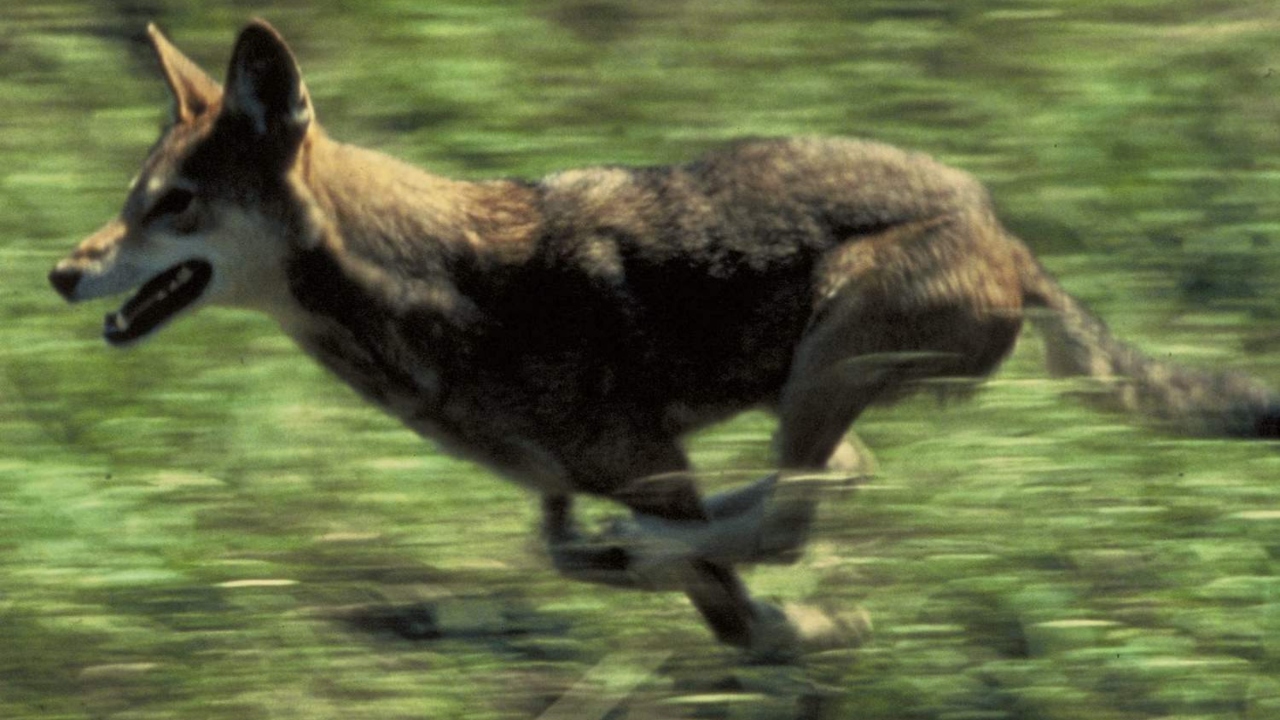
Although many species of wolf are in steady decline, the red wolf is one of the more vulnerable. Once abundant across the entirety of the South-eastern United States, the red wolf now only exists within a small area of North Carolina, having been reintroduced via conservationists. Despite their hard work and commitment, it is estimated that only 20 – 30 red wolves remain in the wild.
Monarch Butterfly
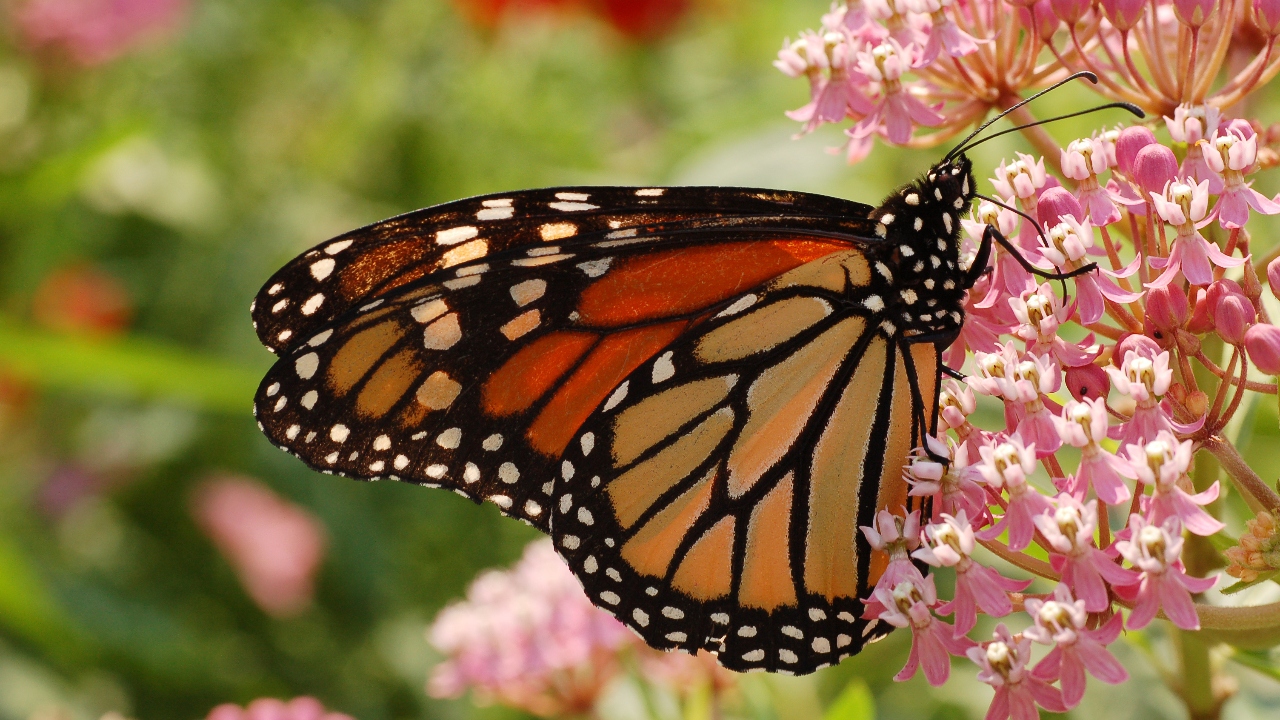
The Monarch butterfly is identifiable by its orangey red wings that have a vein-like pattern along them and white spots around the edges. For reasons unclear, the now endangered Monarch butterfly will only lay their eggs on the Milkwood plant. However, due to human expansion, quantities of Milkweed have dropped, having a direct impact on the number of Monarch butterfly in the world.
Okapi
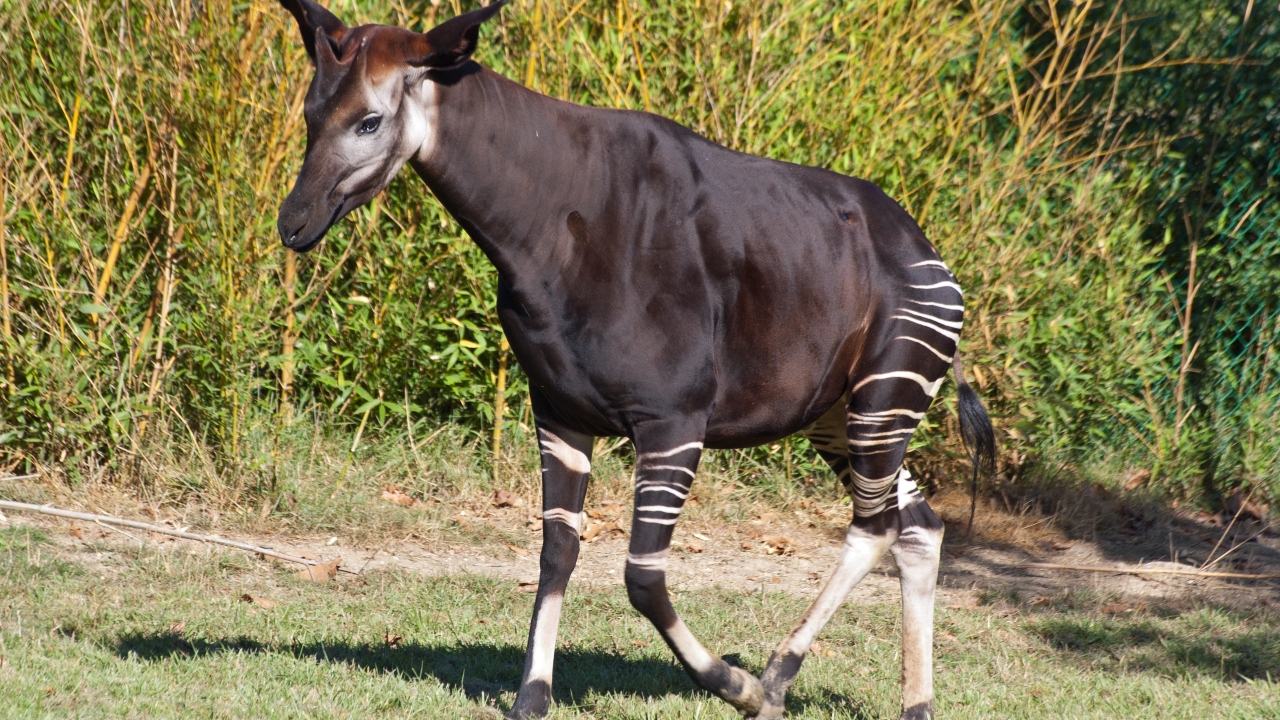
Currently endangered due to deforestation and illegal hunting, the okapi is the giraffe’s only living relative. Living in the forests of the Democratic Republic of Congo, the mammal is identified by its dark brown velvet fur, striped legs, large ears, and dark blue / black tongues.
Philippine Eagle
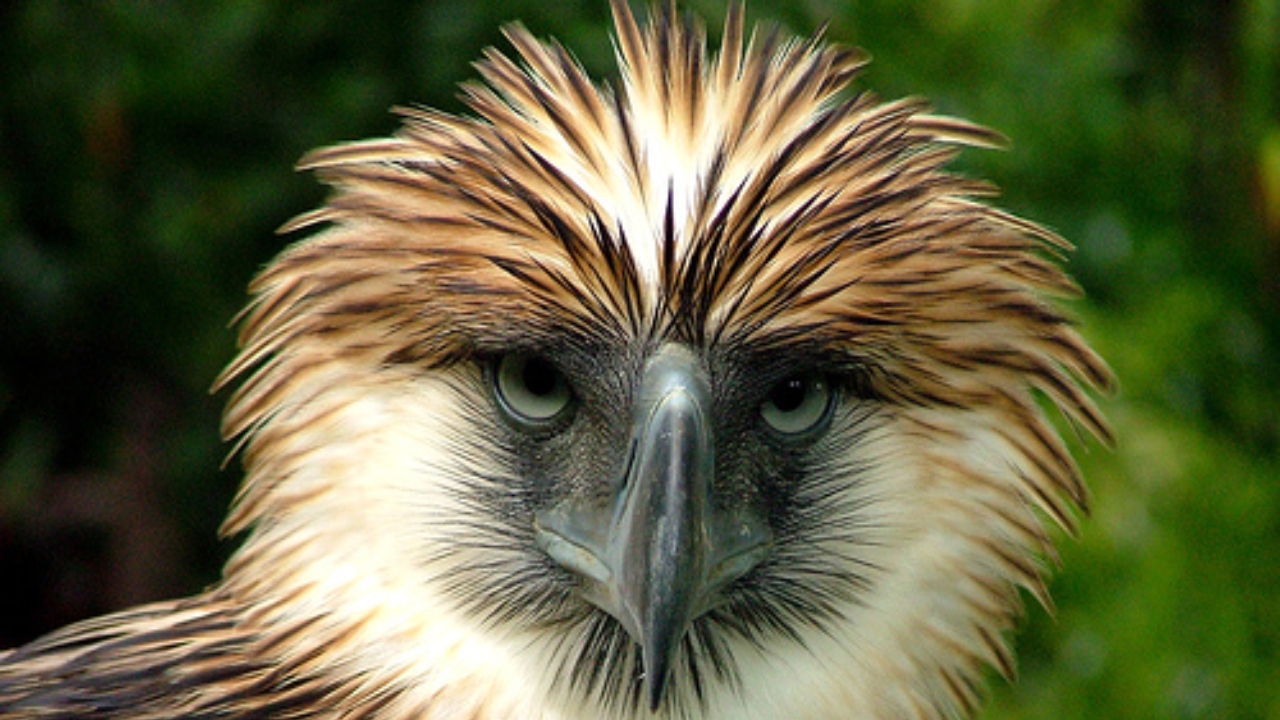
The Philippine eagle has been in steady decline since the 1970s and it is now believed that there are fewer than 1000 remaining in the wild. The bird, native to the Philippines, has found its habitat slowly eroded away, placing it on the brink of extinction.
Rusty-patched Bumblebee
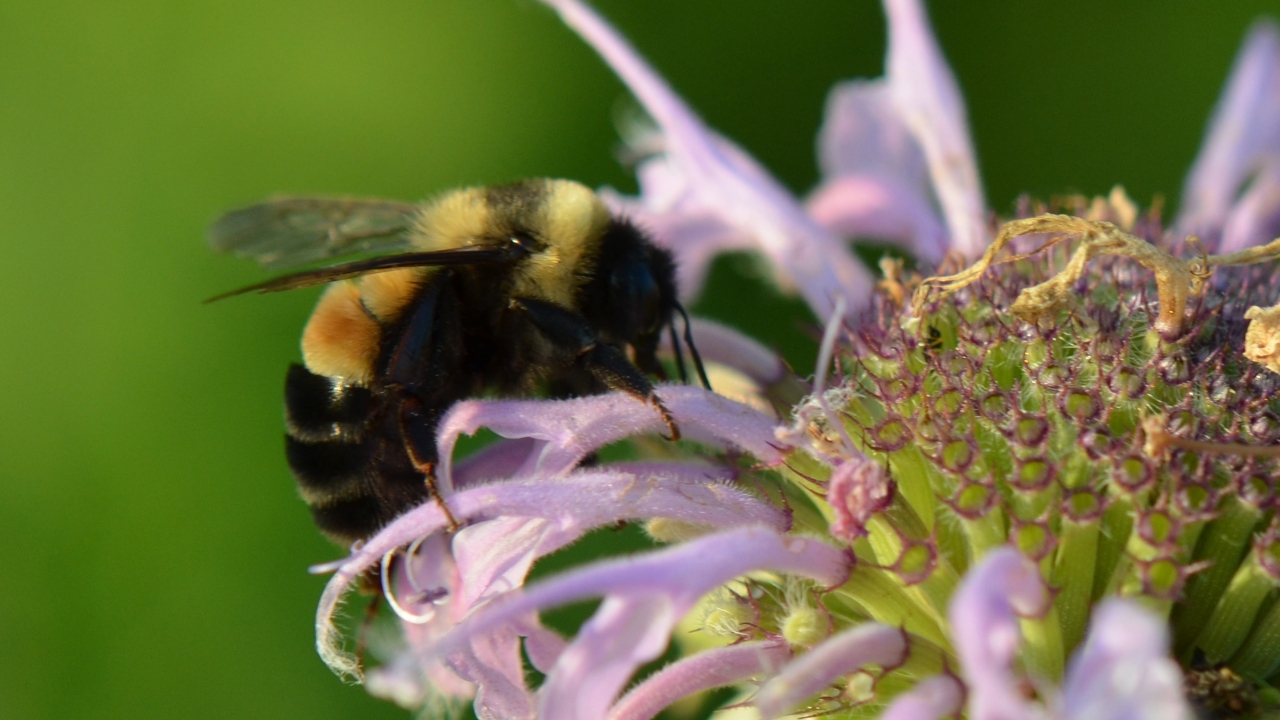
Whilst all species of bee are under threat, the rusty-patched bumblebee is one of the most critically endangered. One of the larger species of bumblebee, the rusty-patched bumble has a distinctive rusty-orange patch on its abdomen. The endangerment of the rusty-patched bumblebee is due the use of pesticides and modern farming methods.
Western Long-beaked Echidna
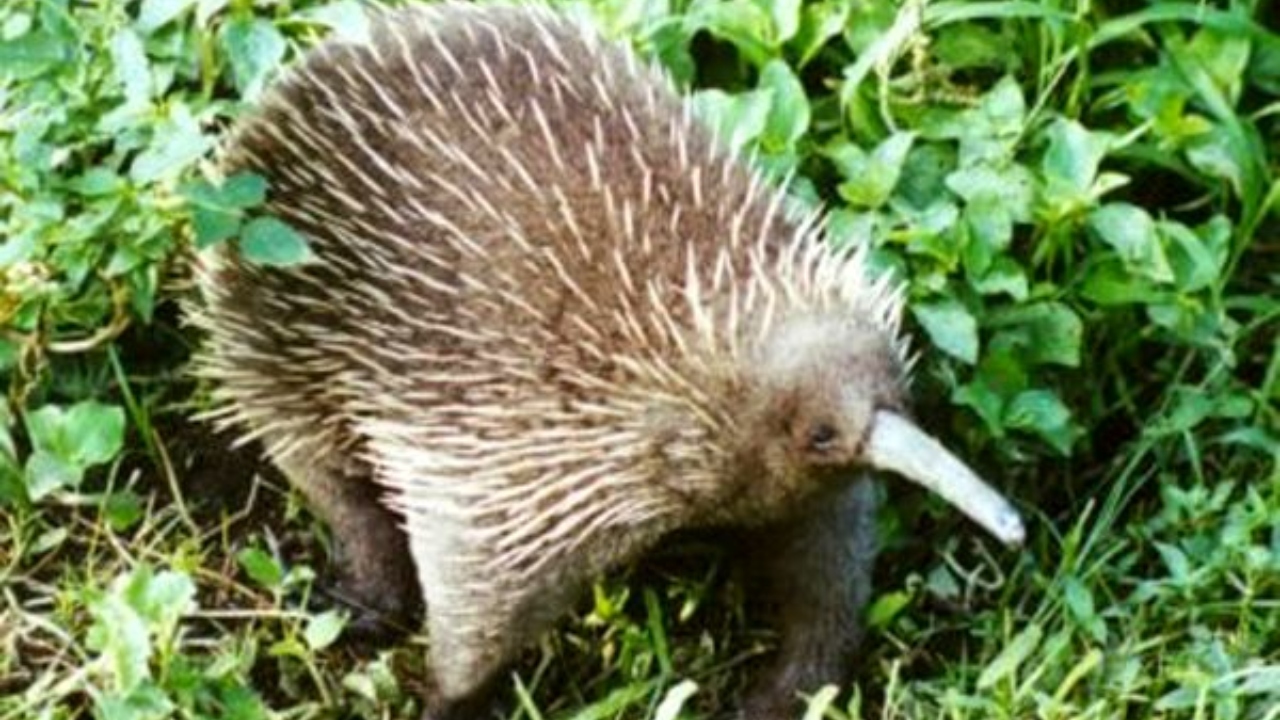
The largest of the four echidna species, the Western long-beaked echidna is primarily found in New Guinea. Living within the fallen leaves of forests, the shy mammals are happy to keep to themselves. However, despite commercial hunting of the animals having been banned, they are still hunted for their meat.